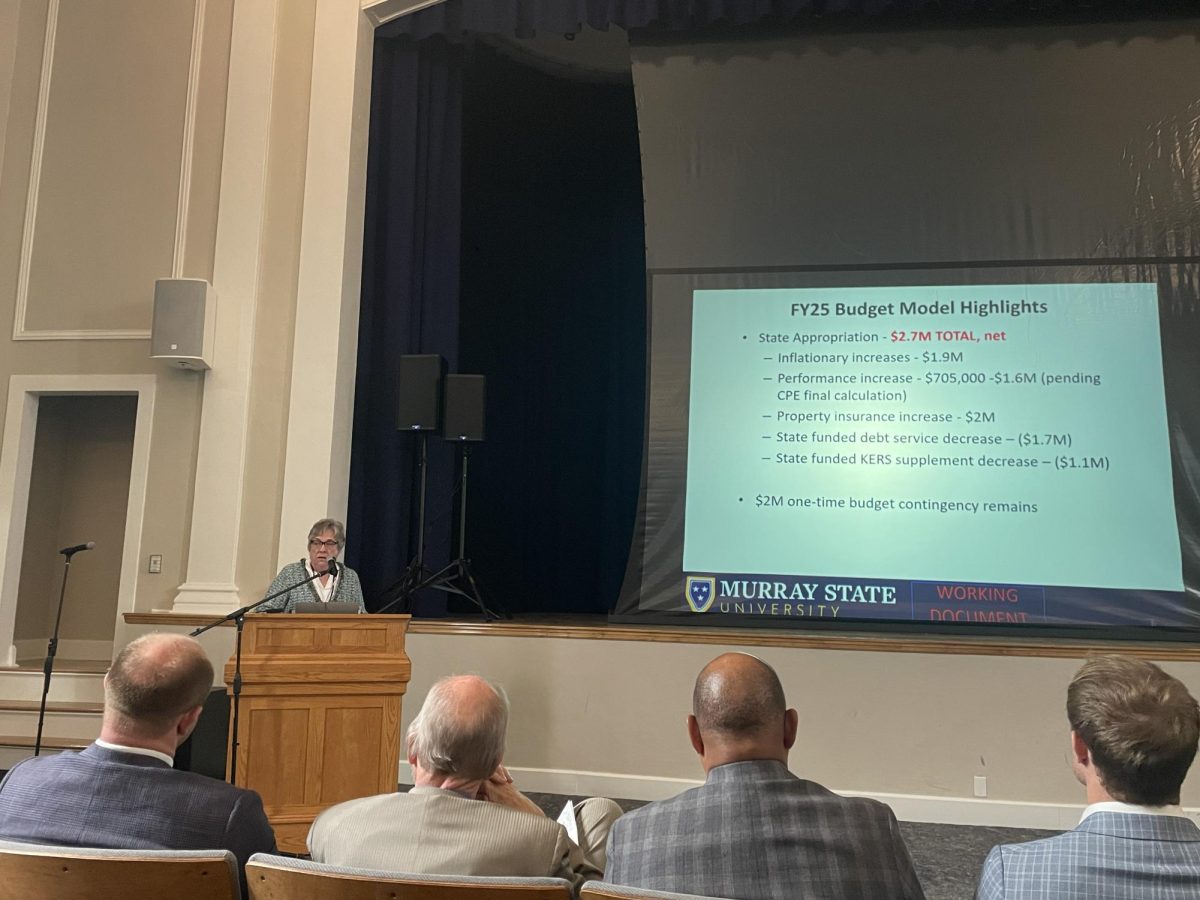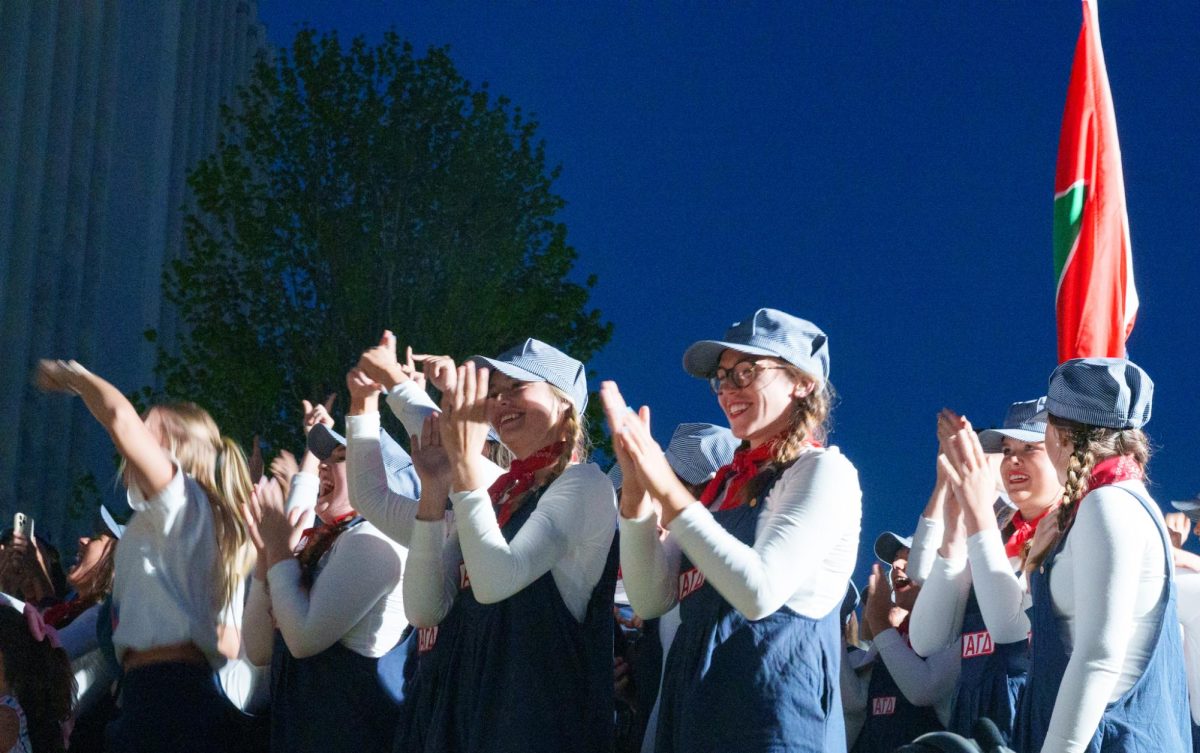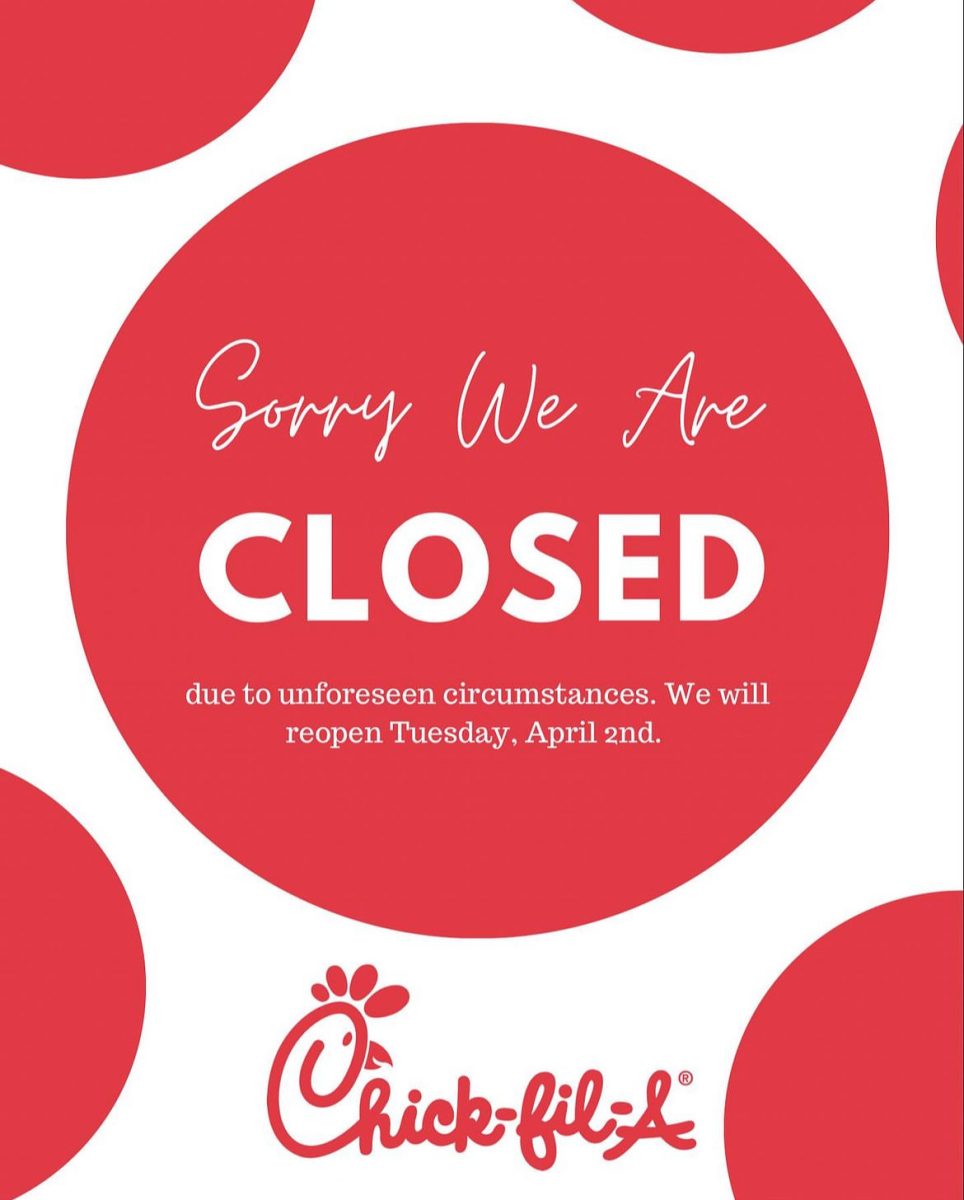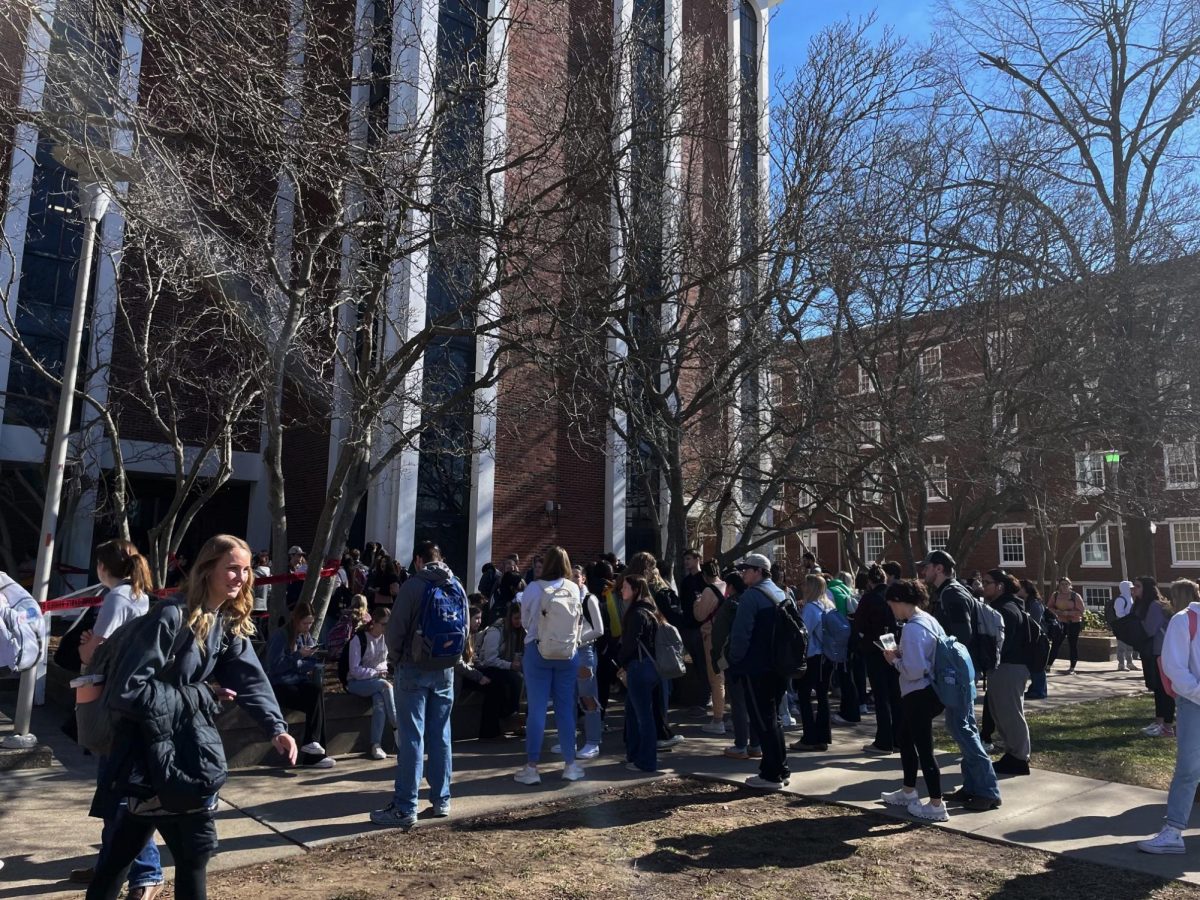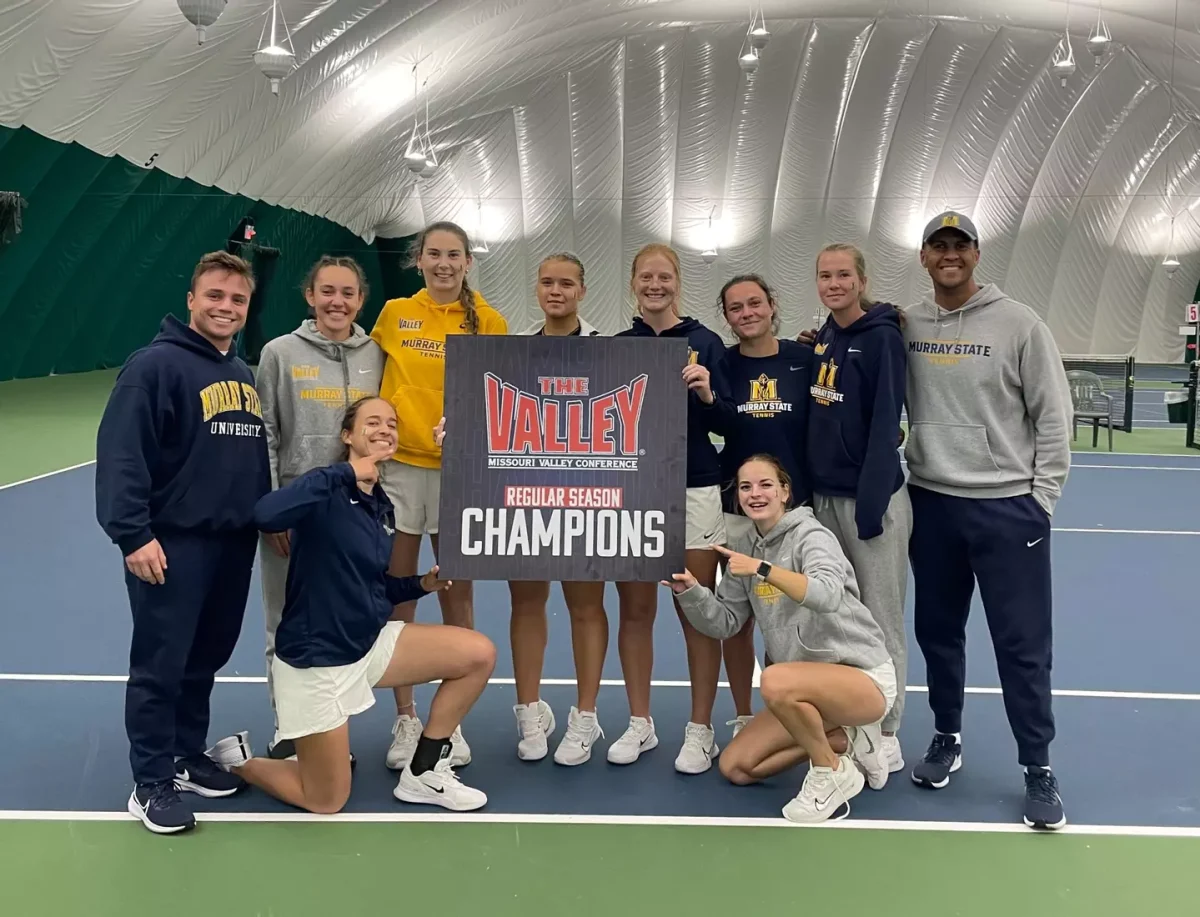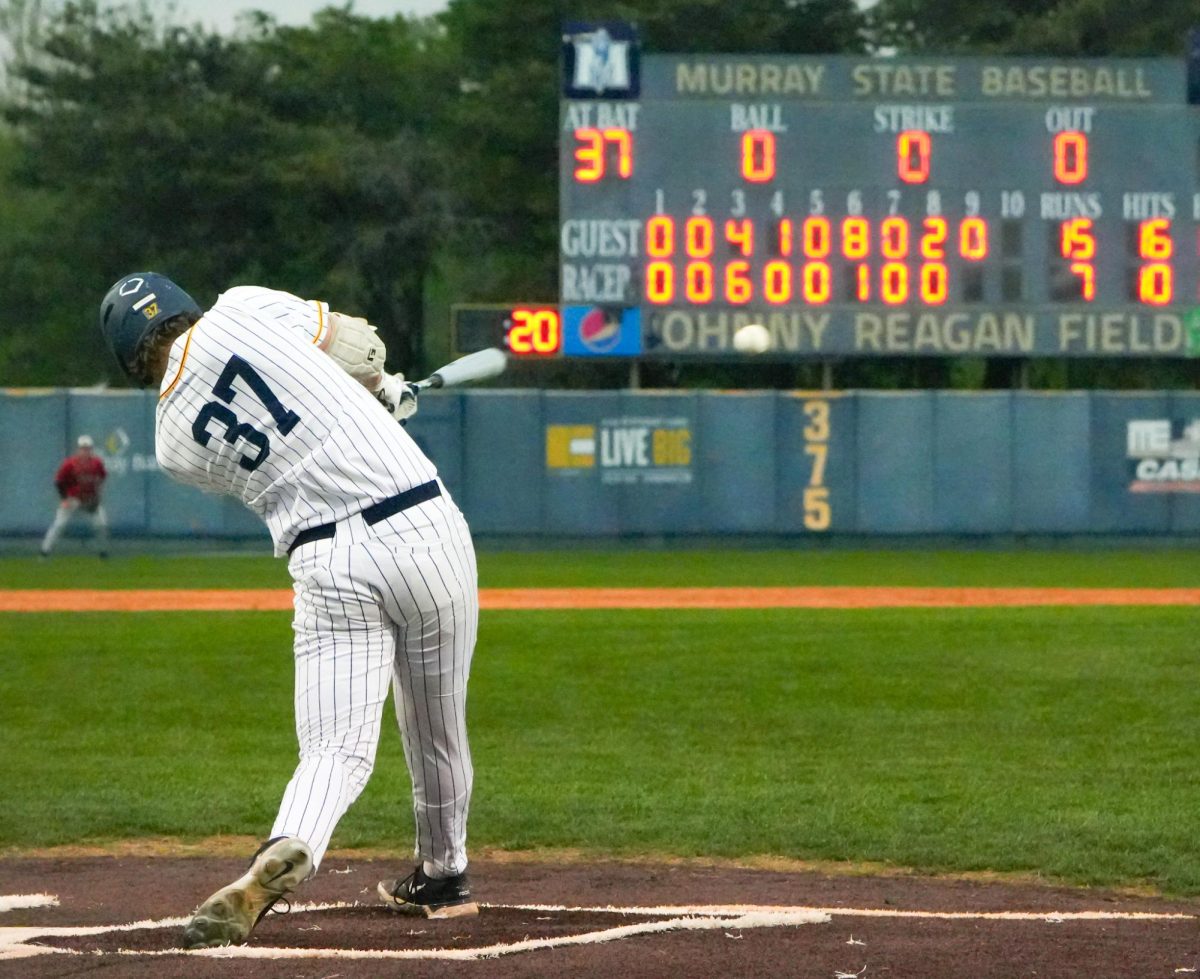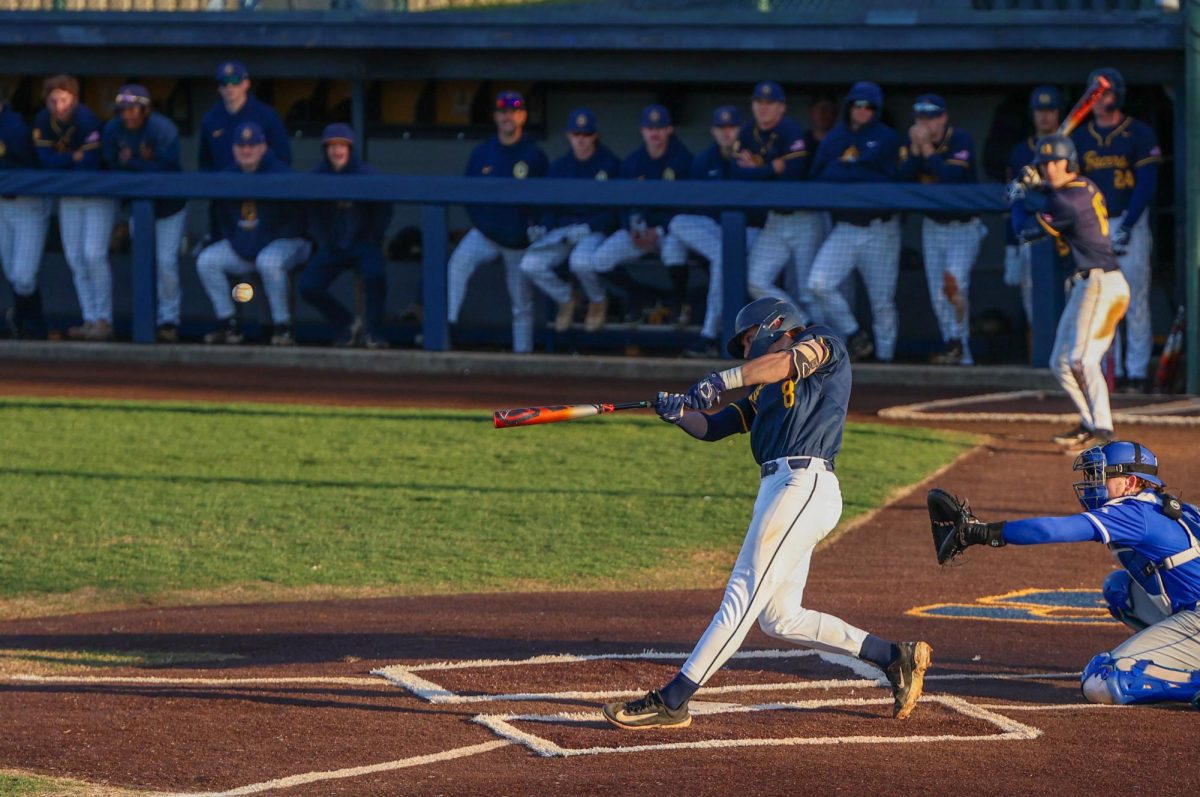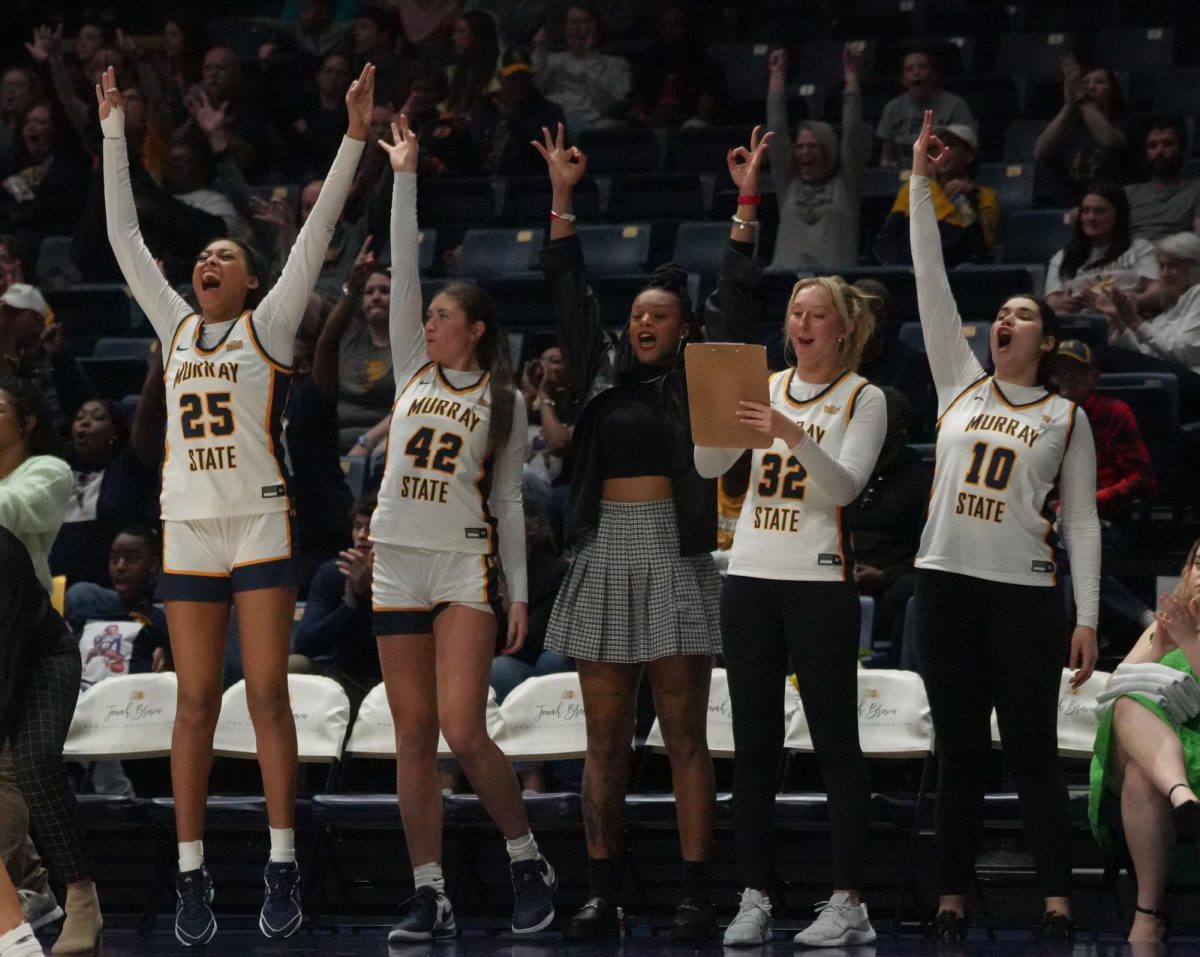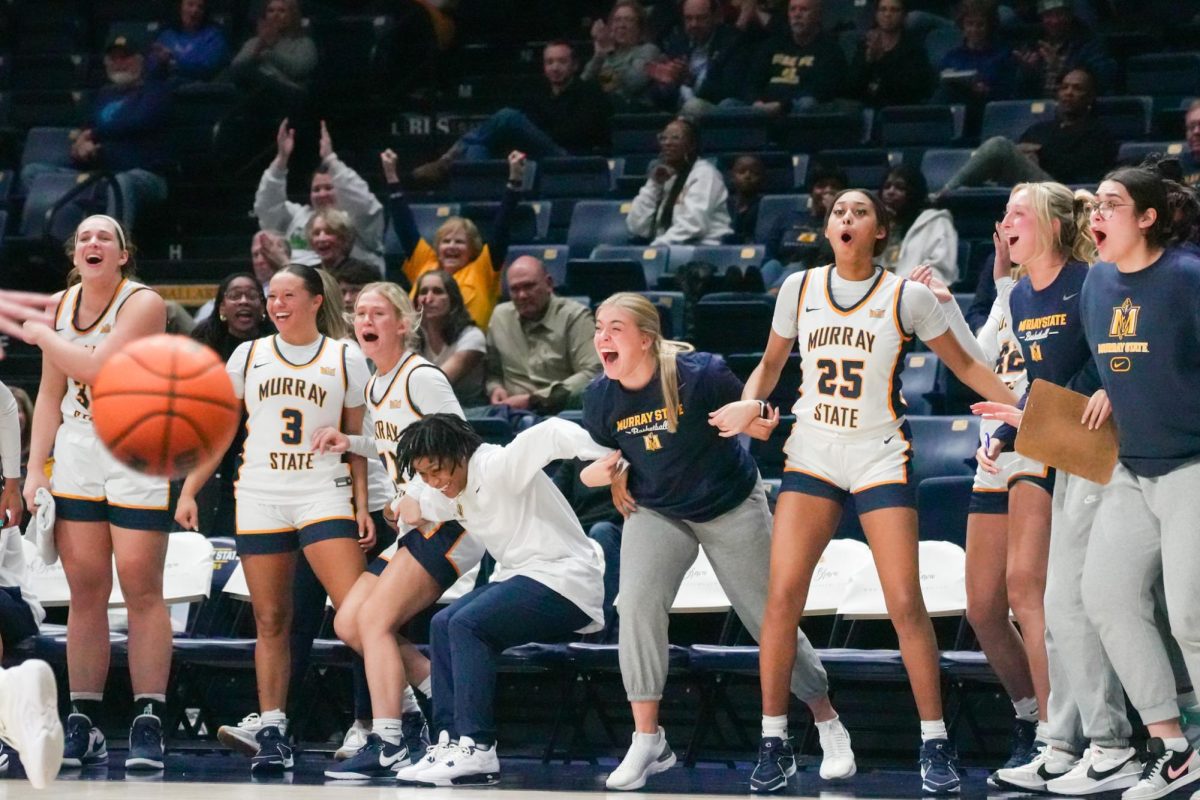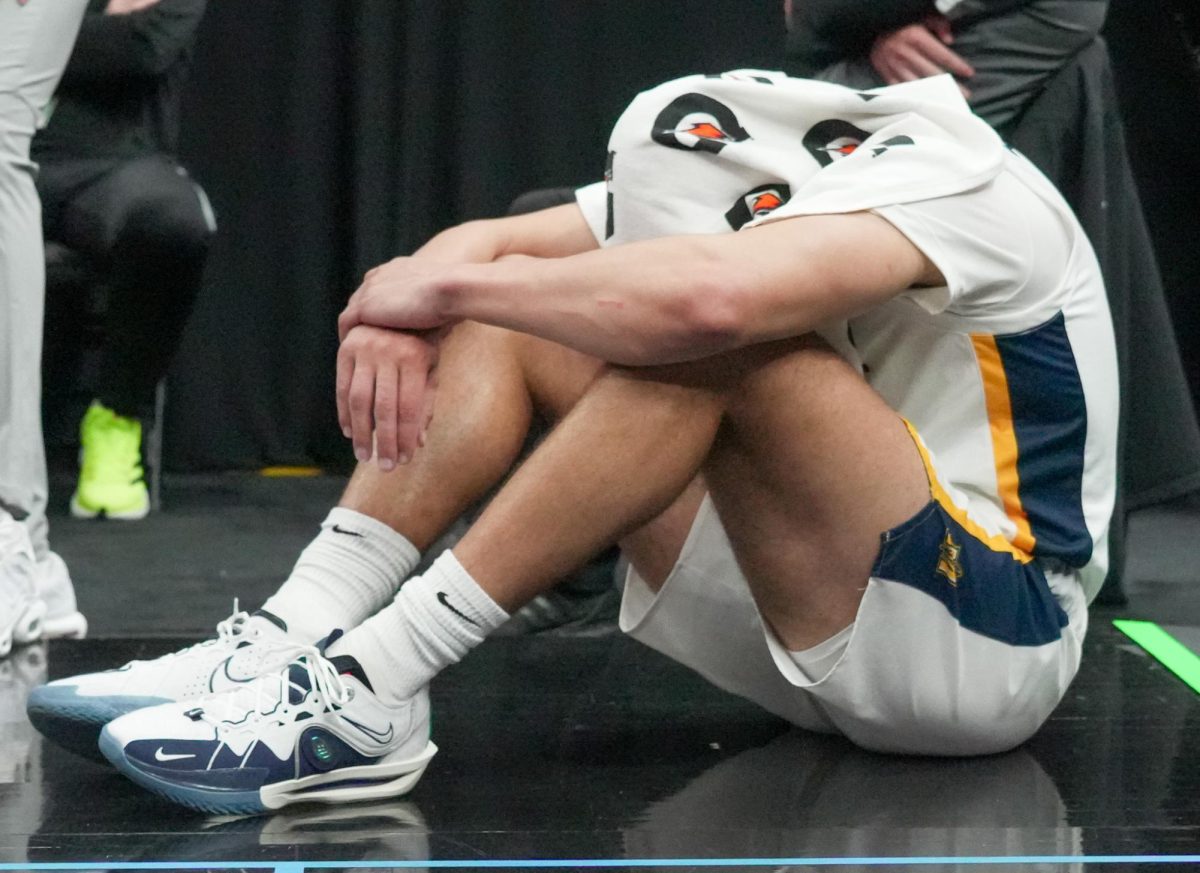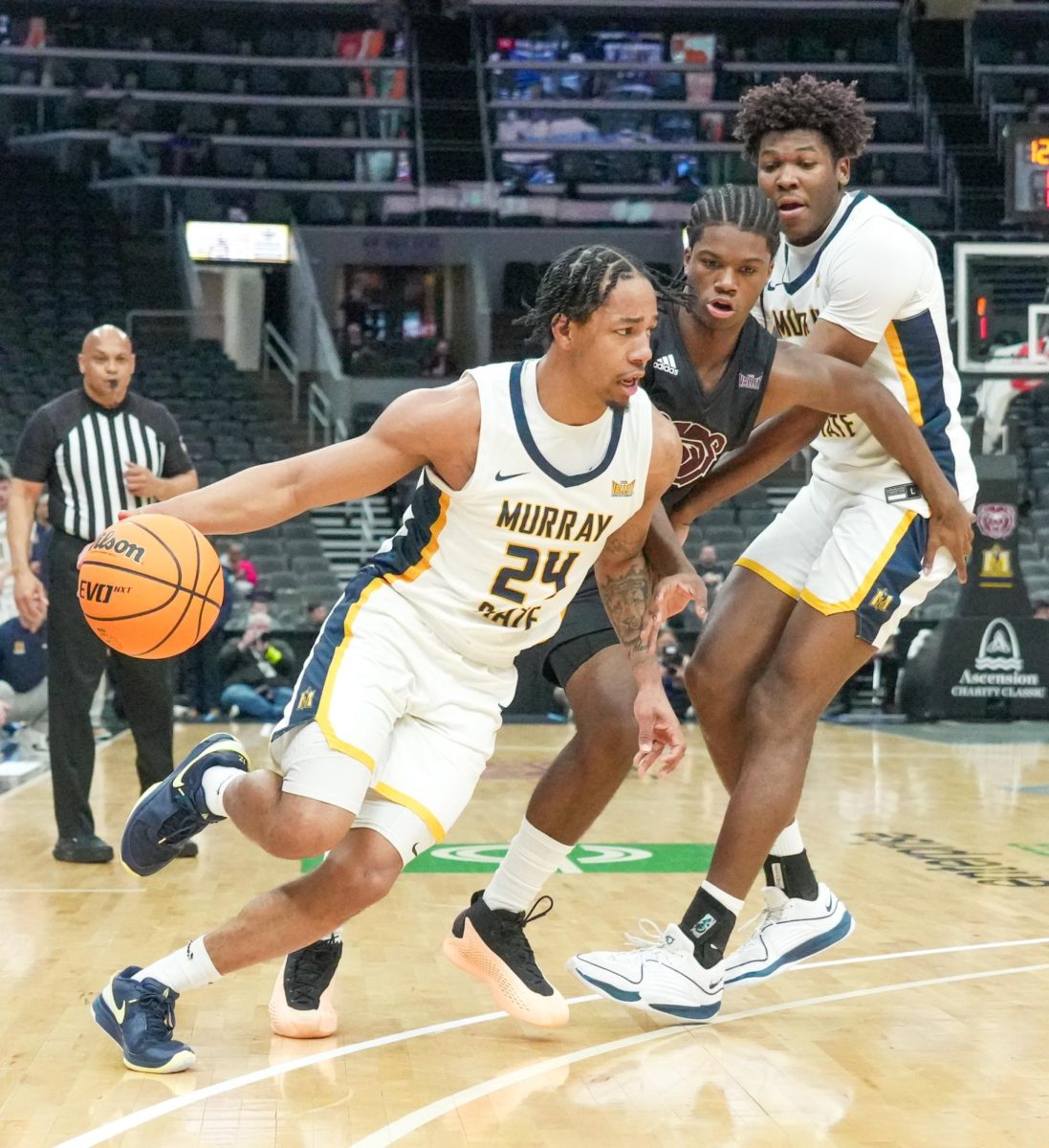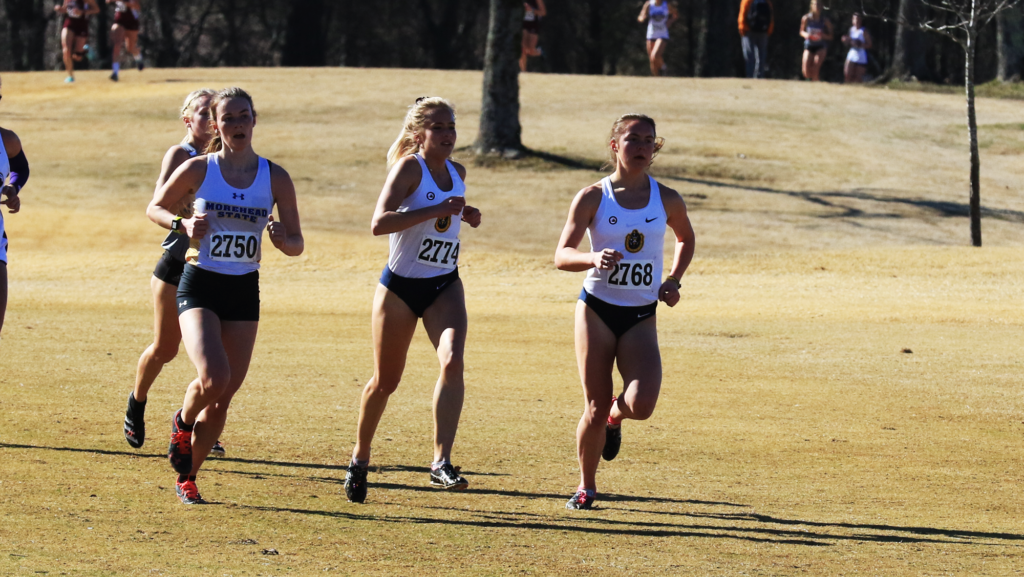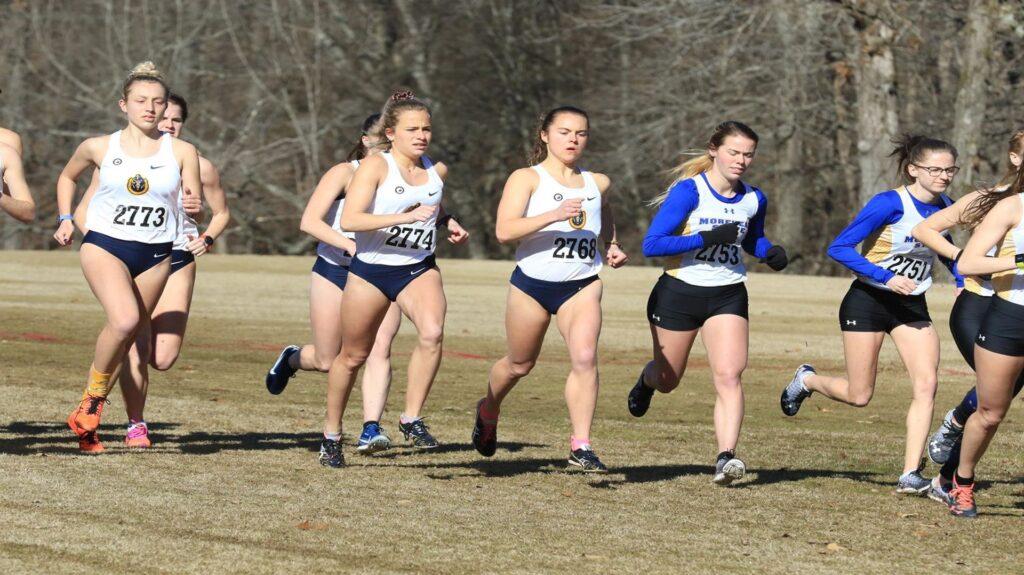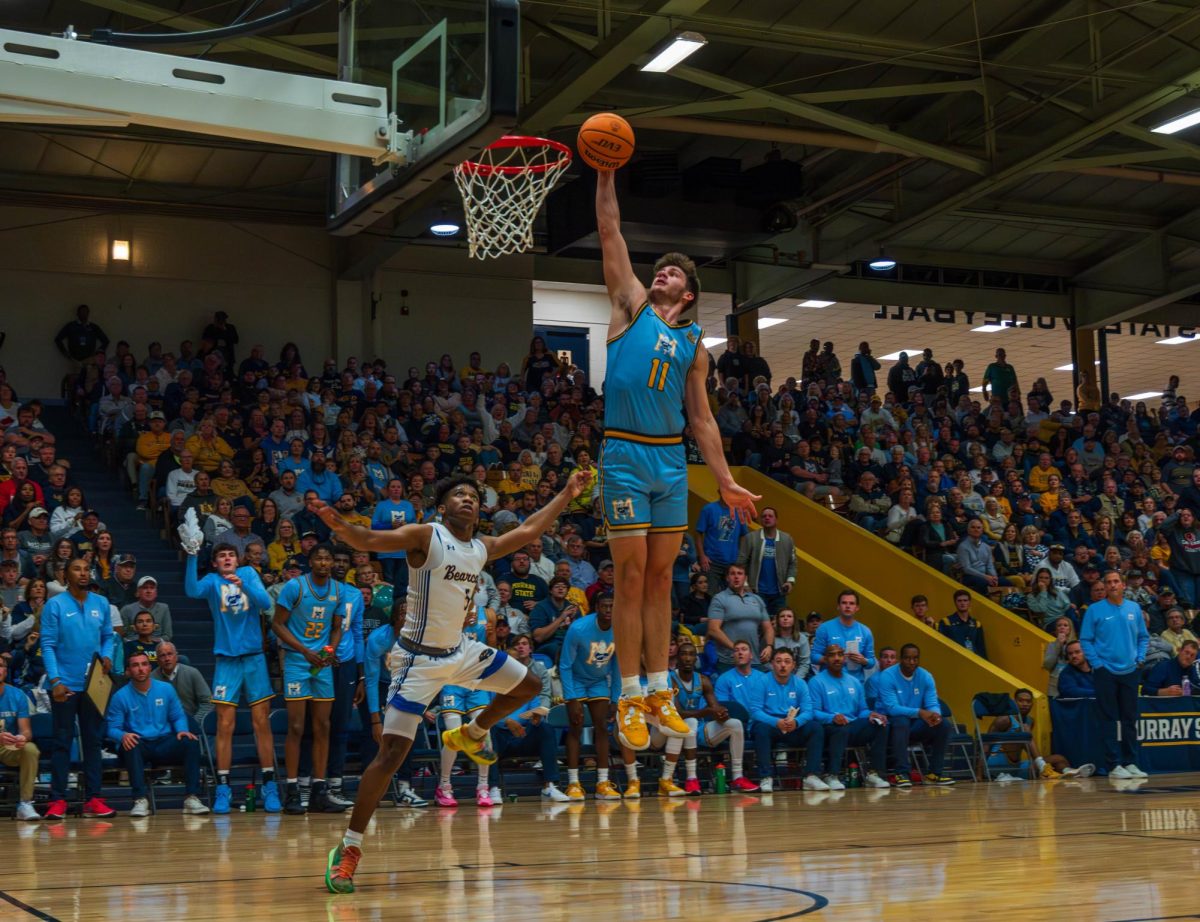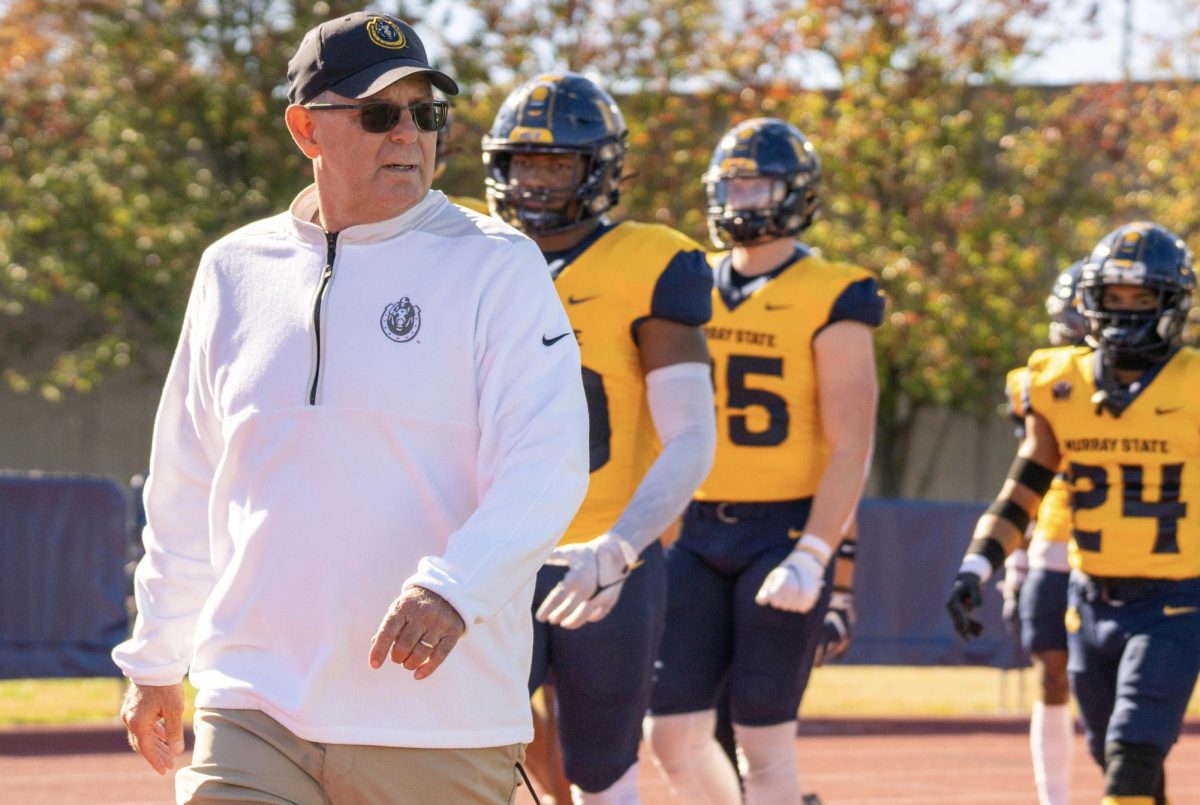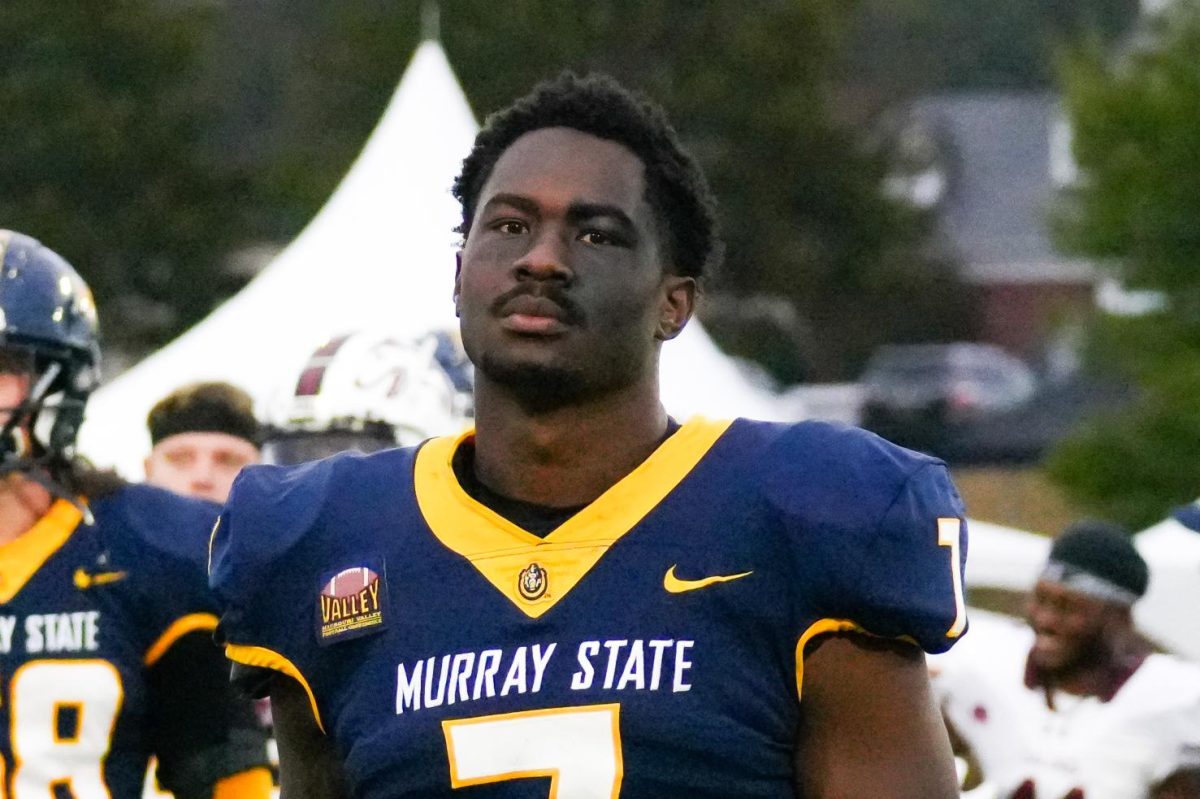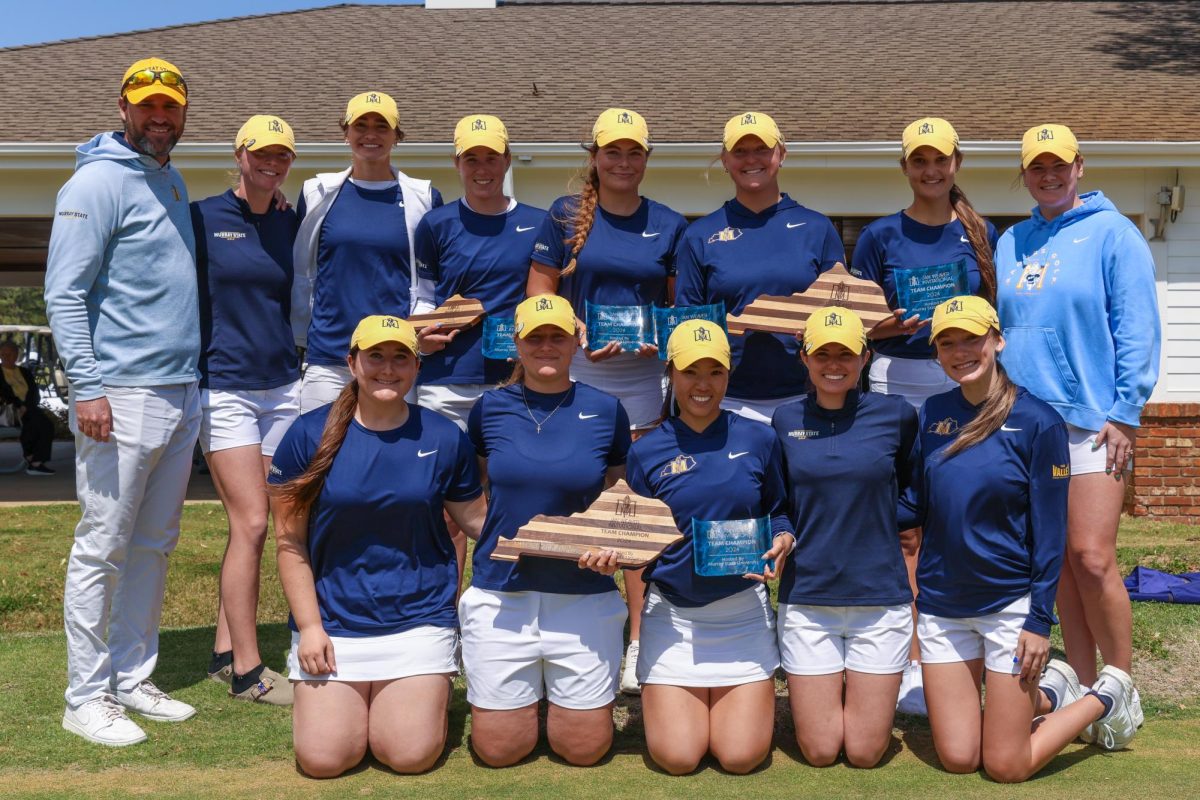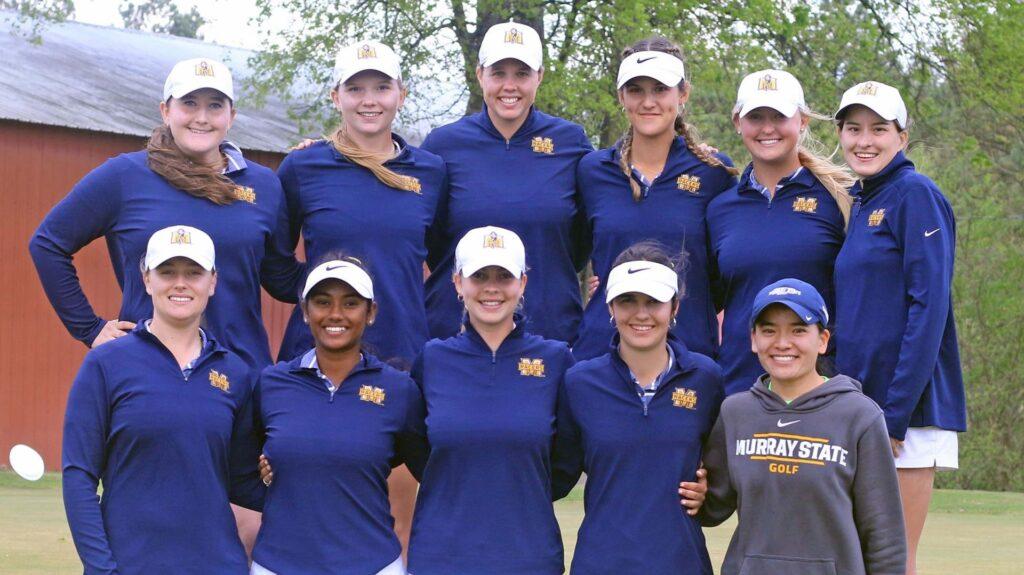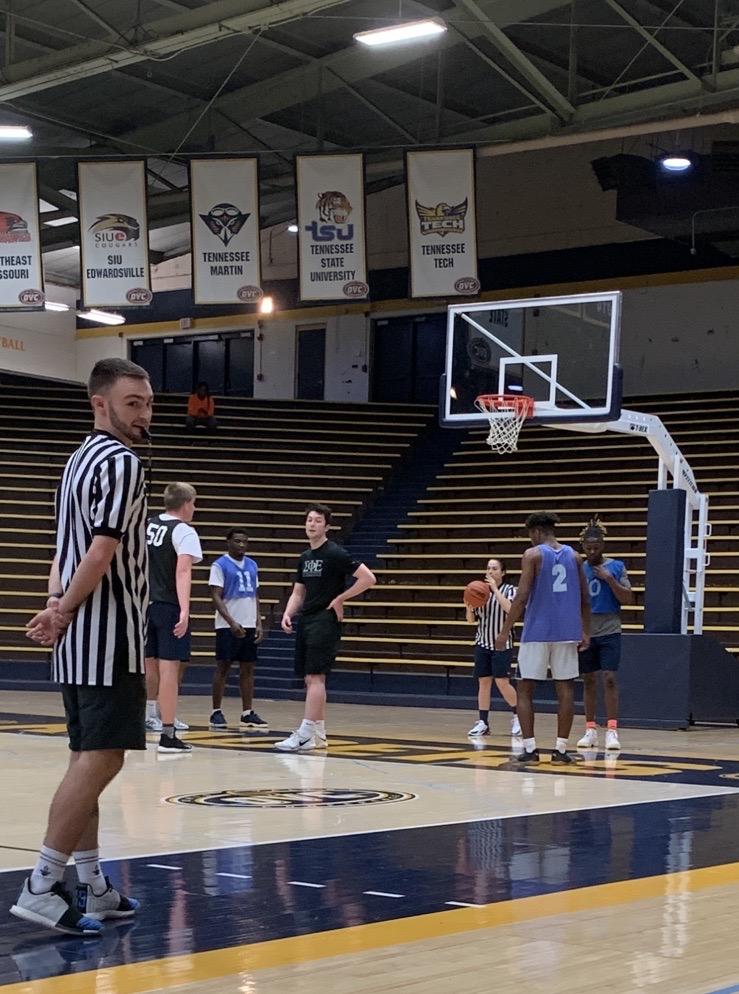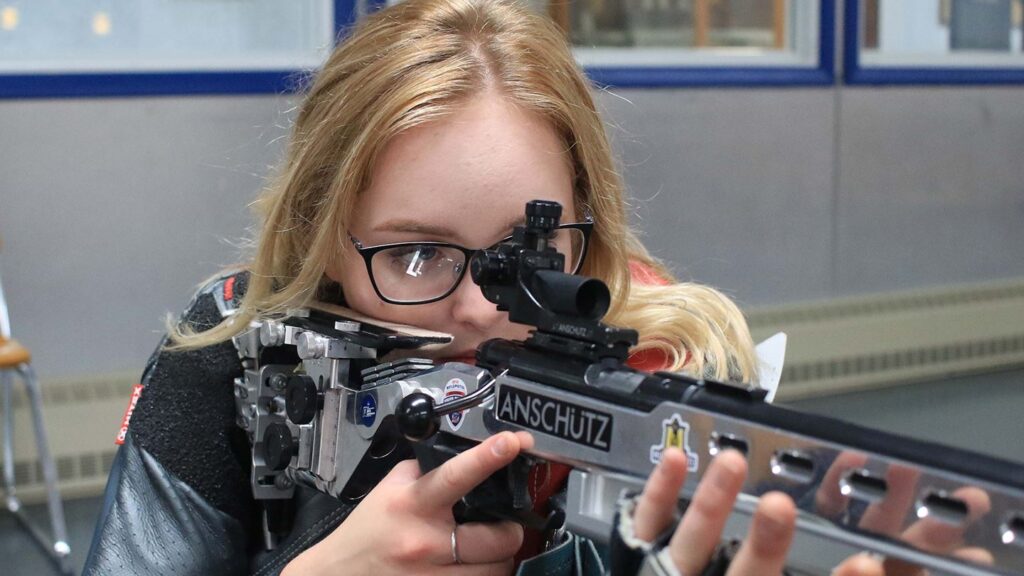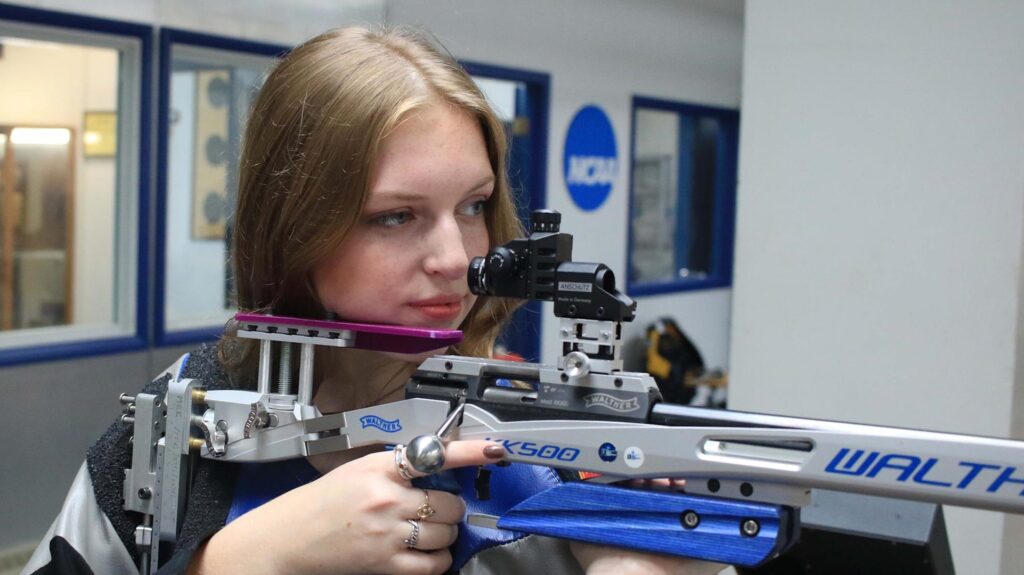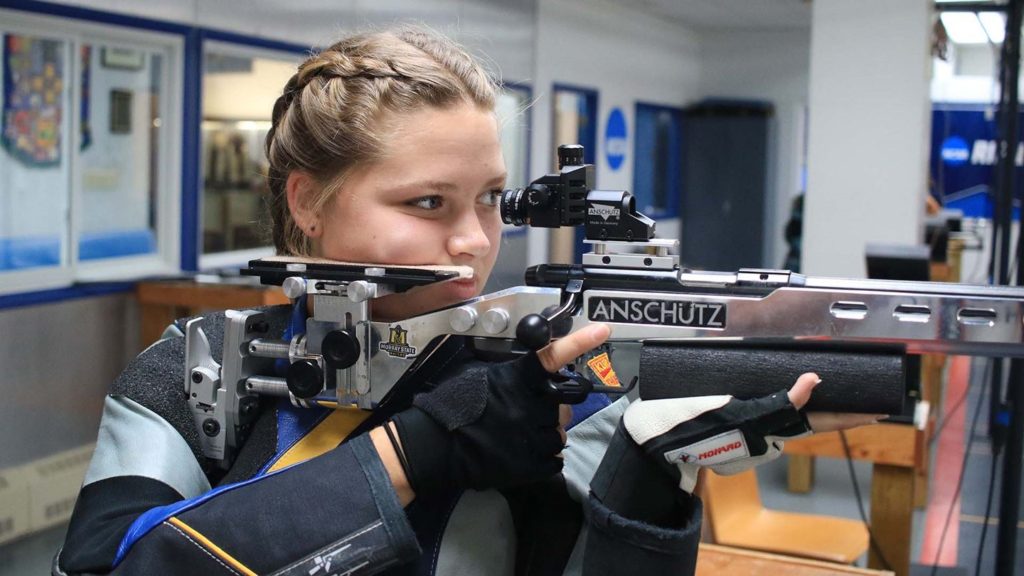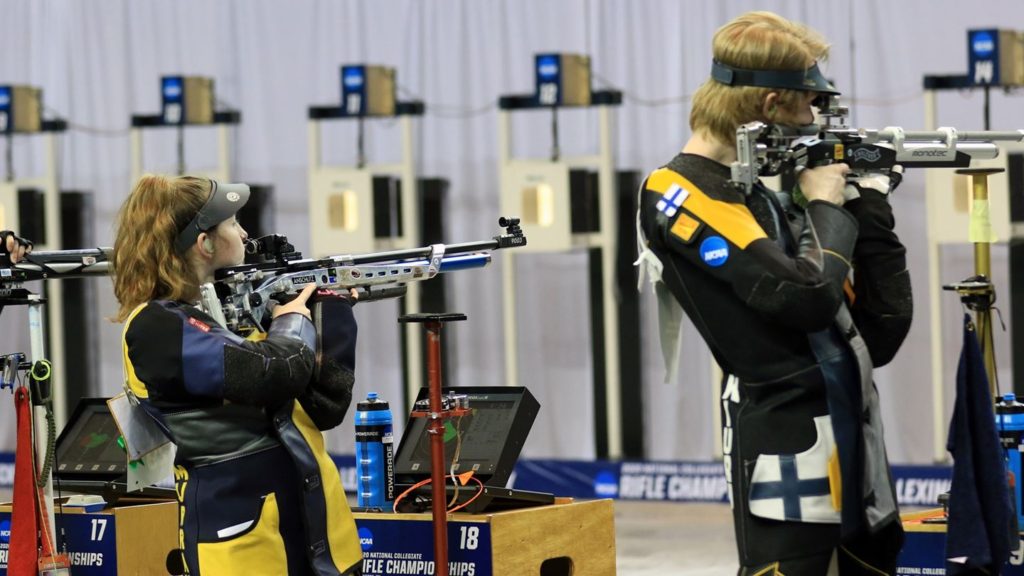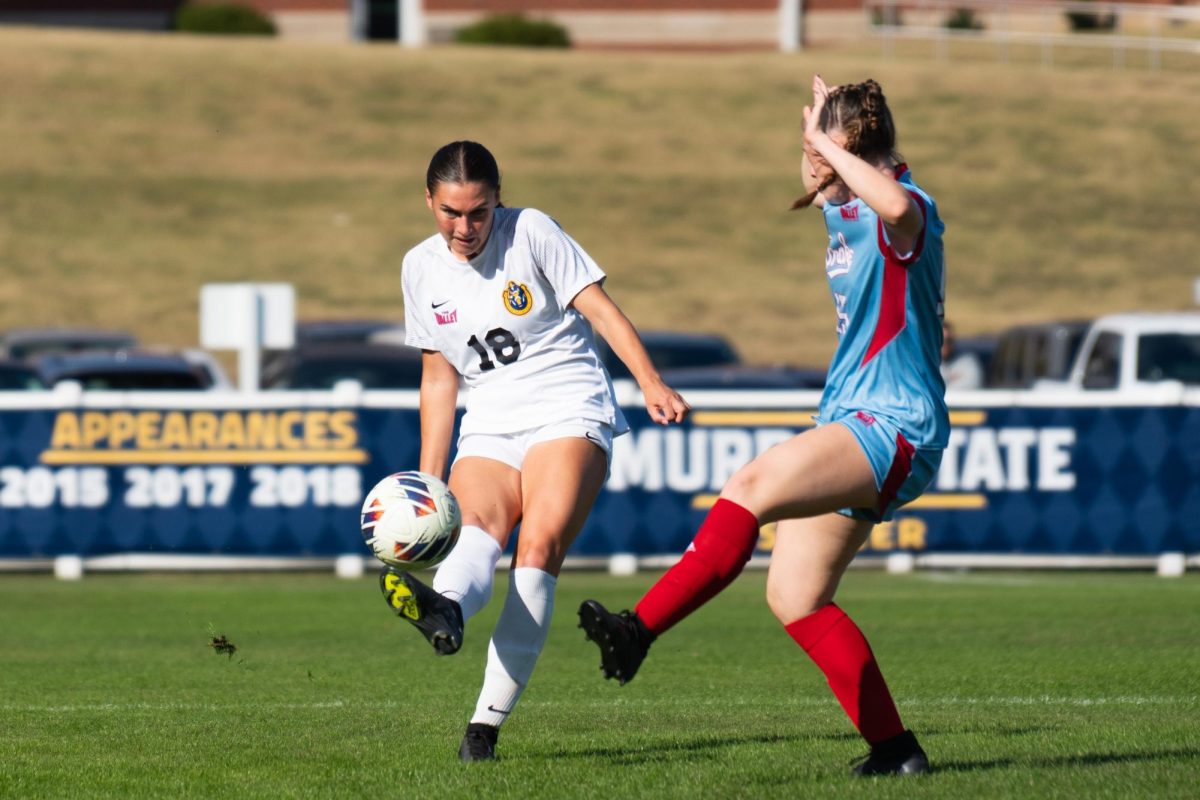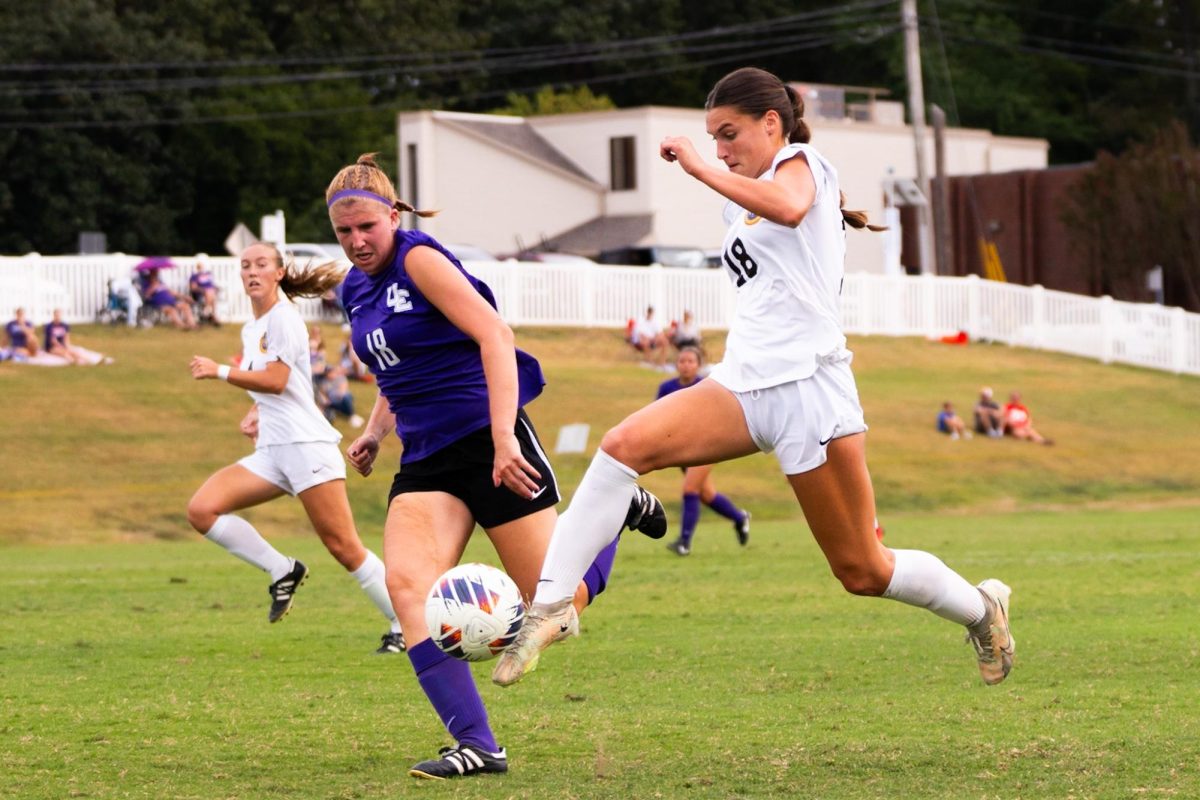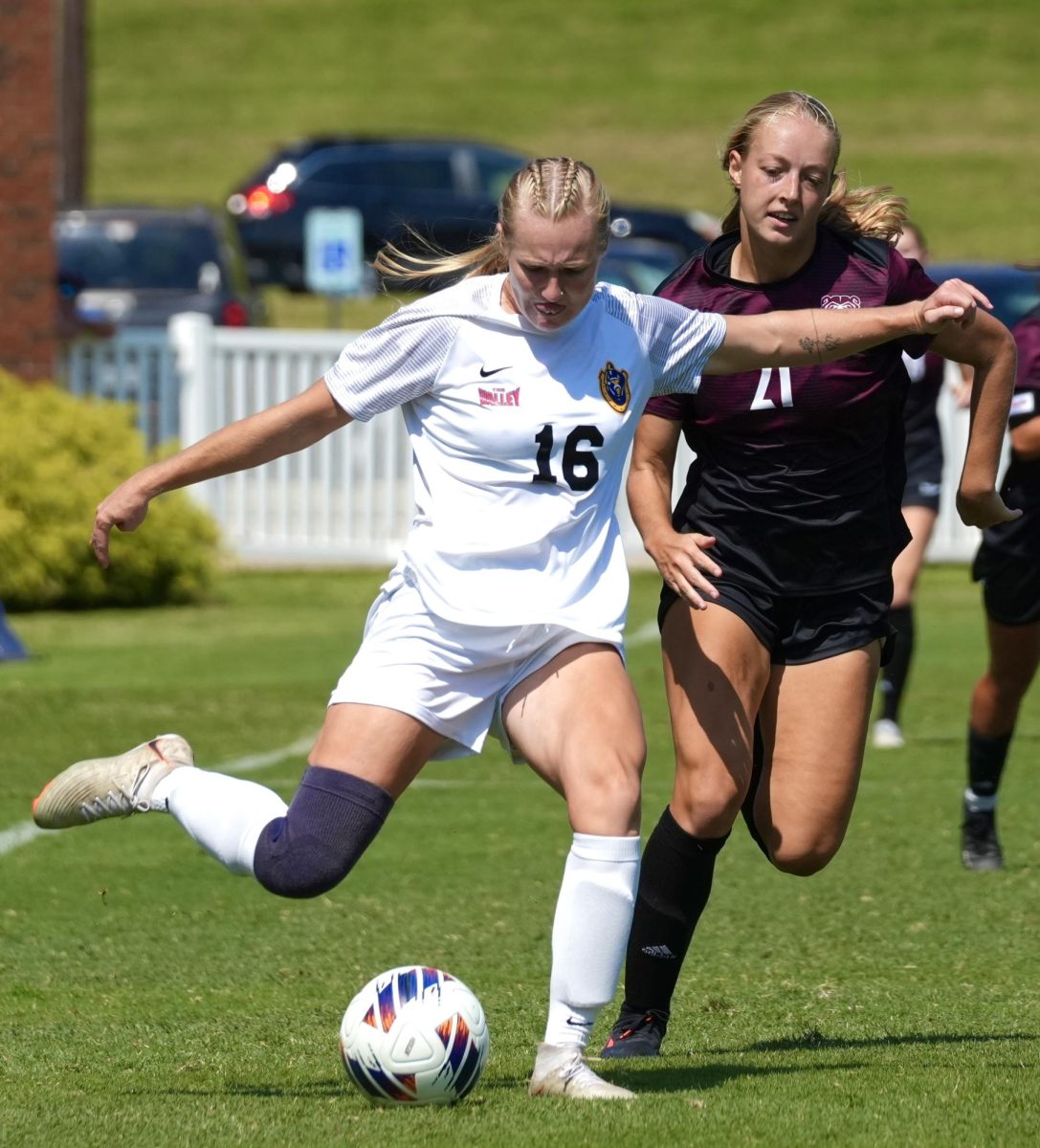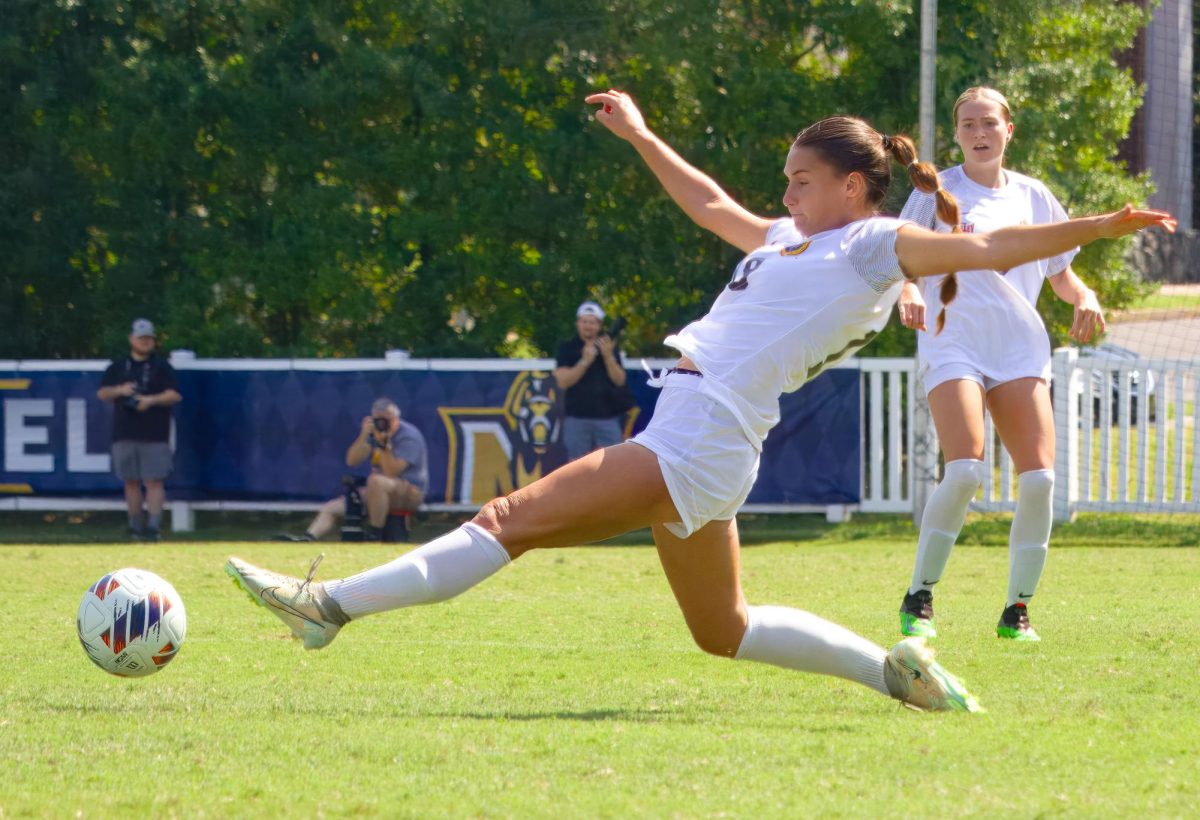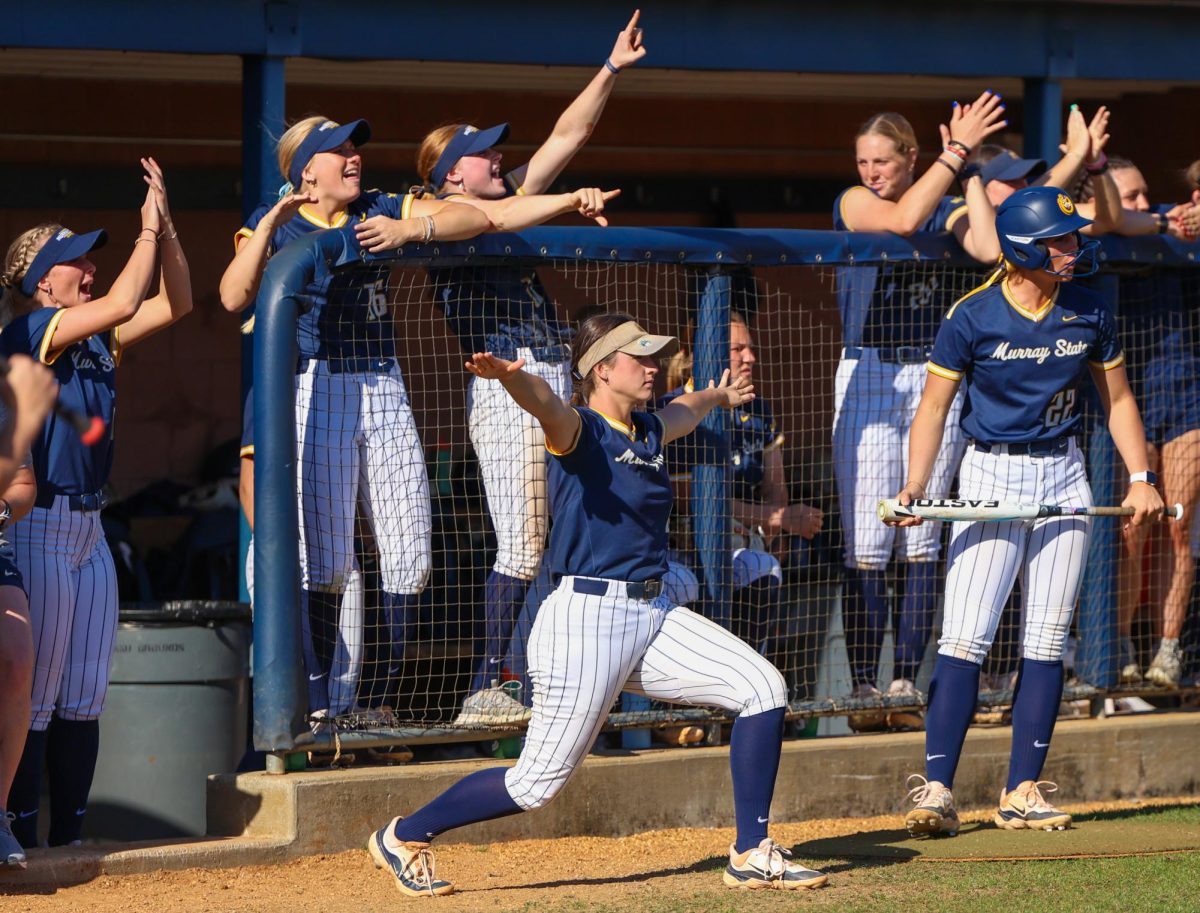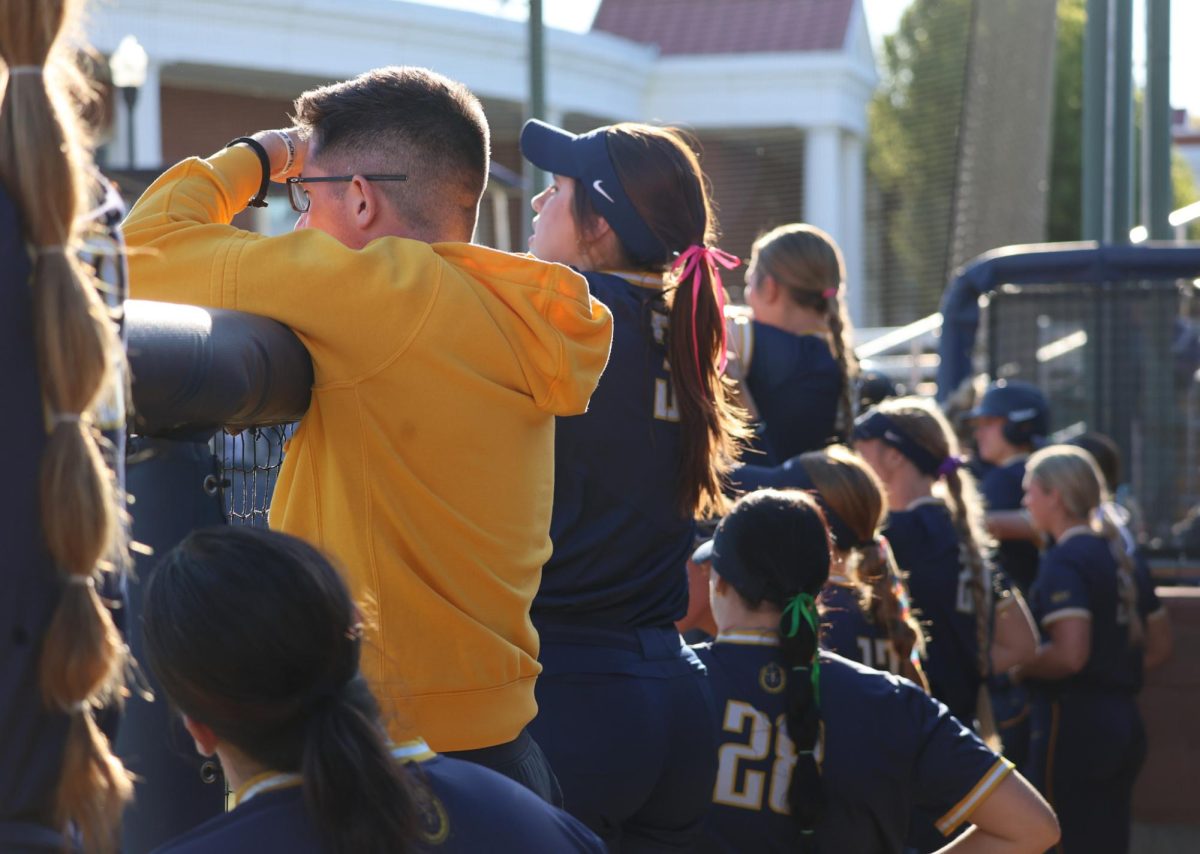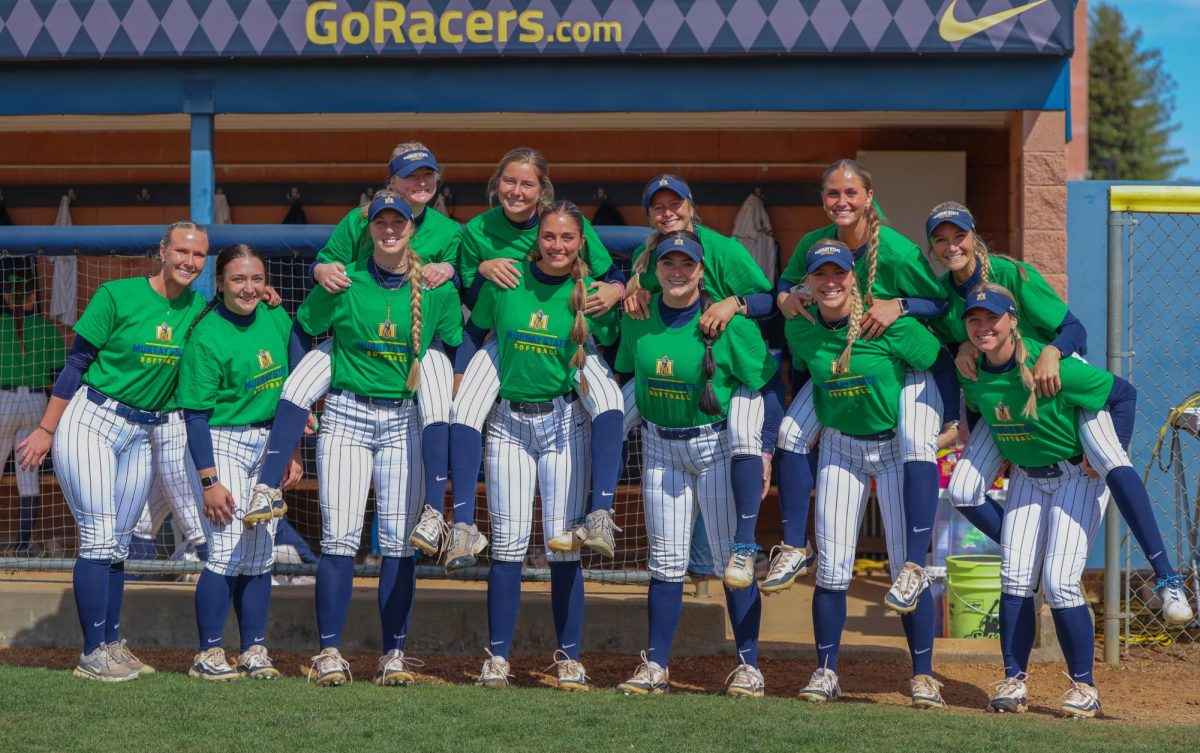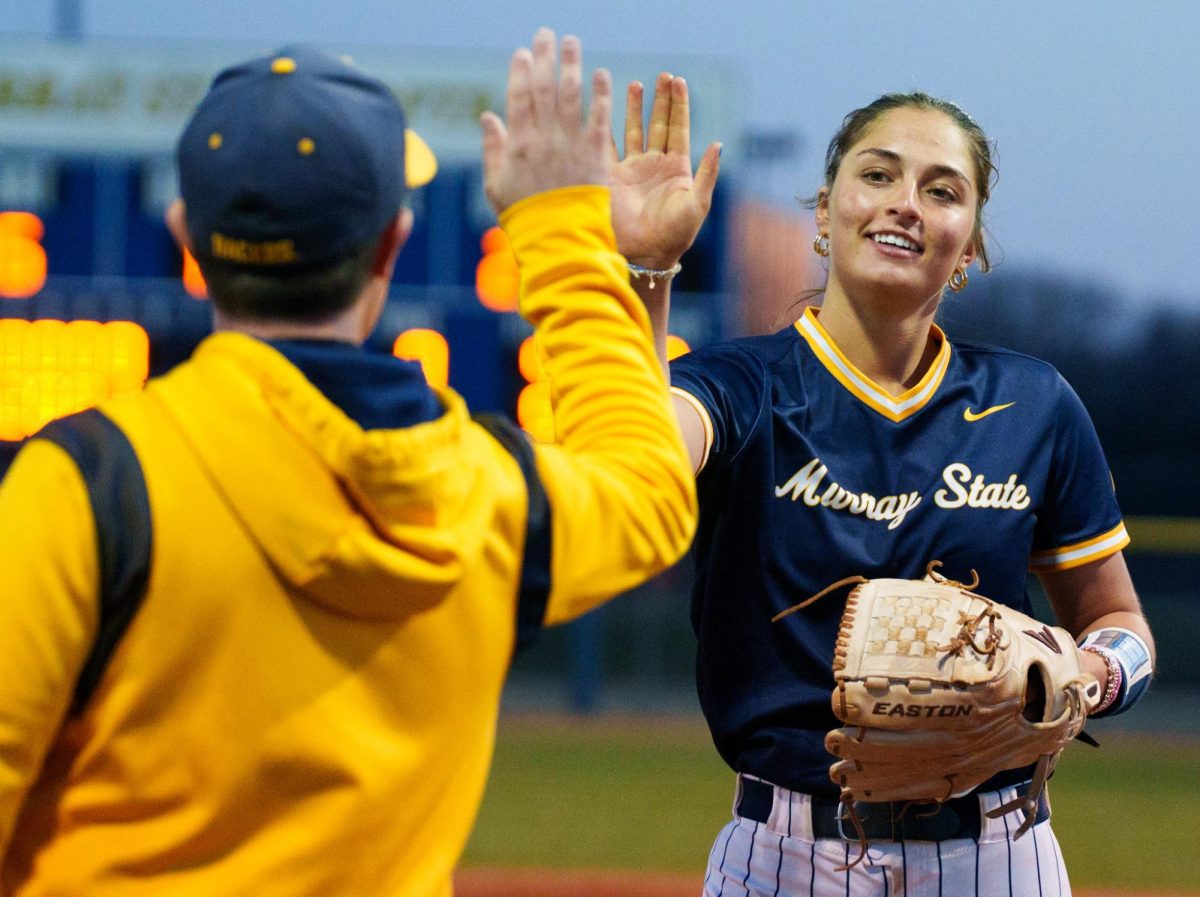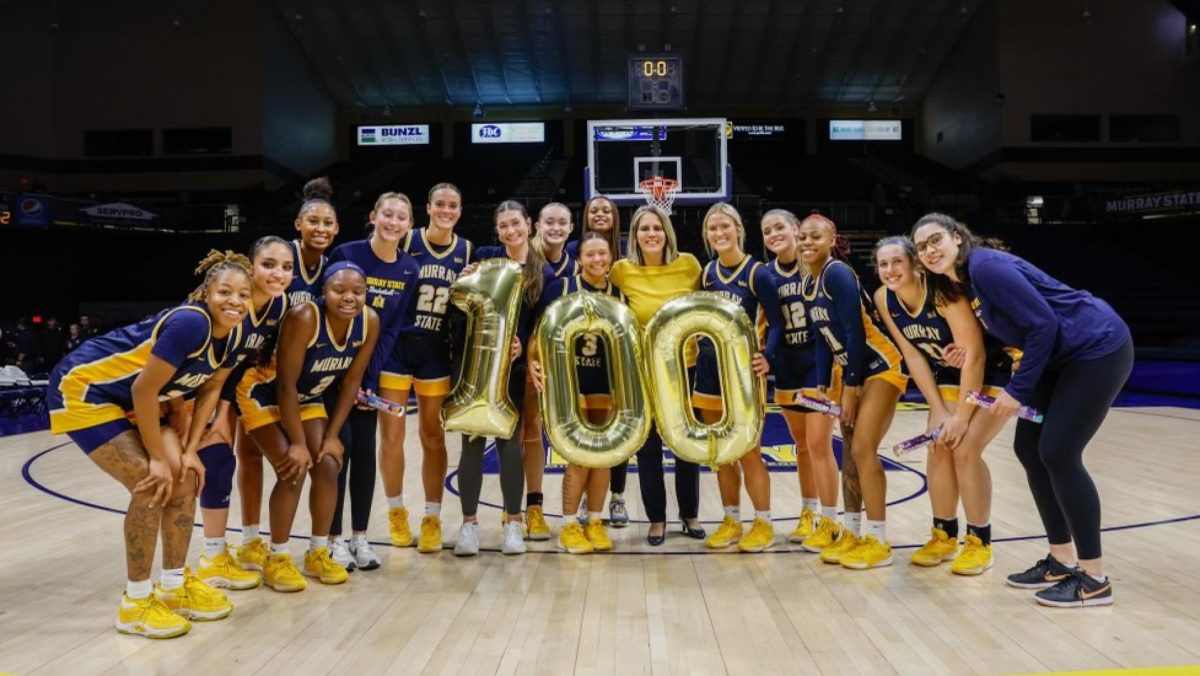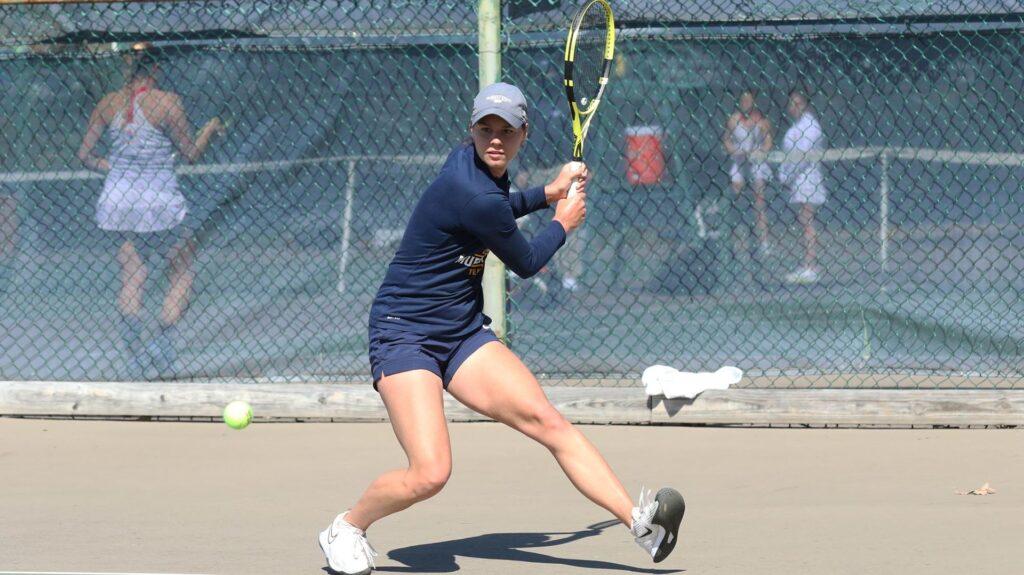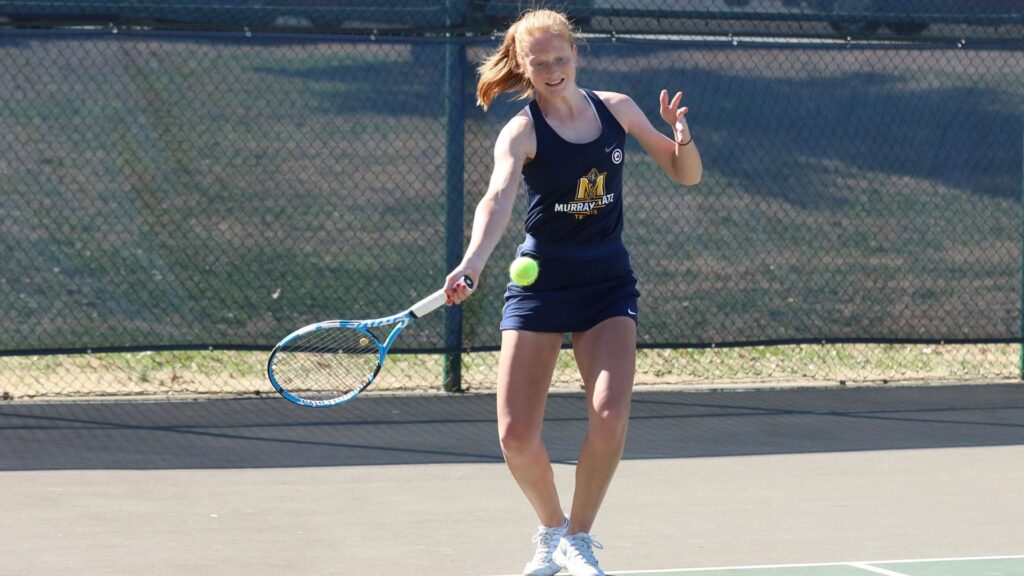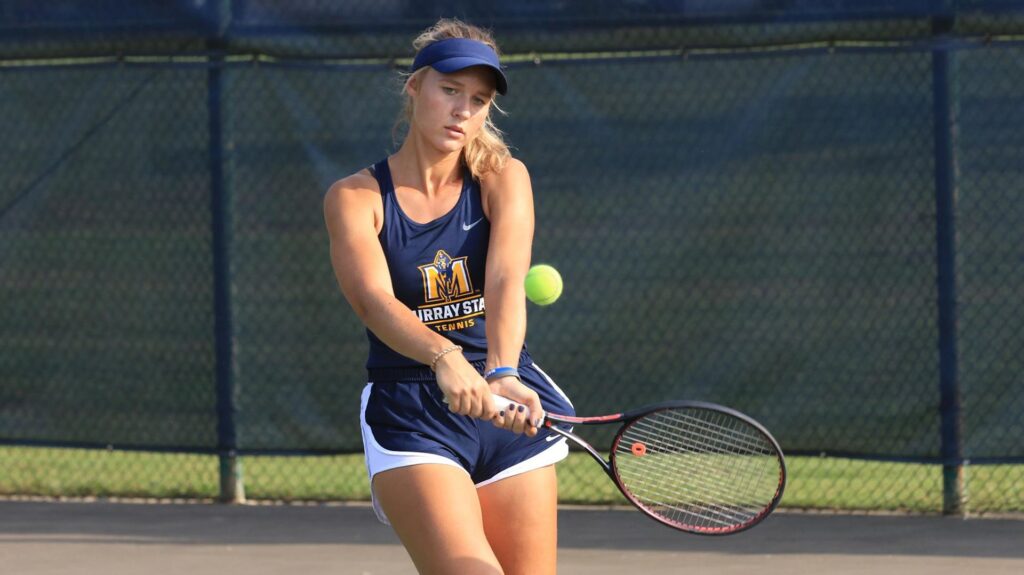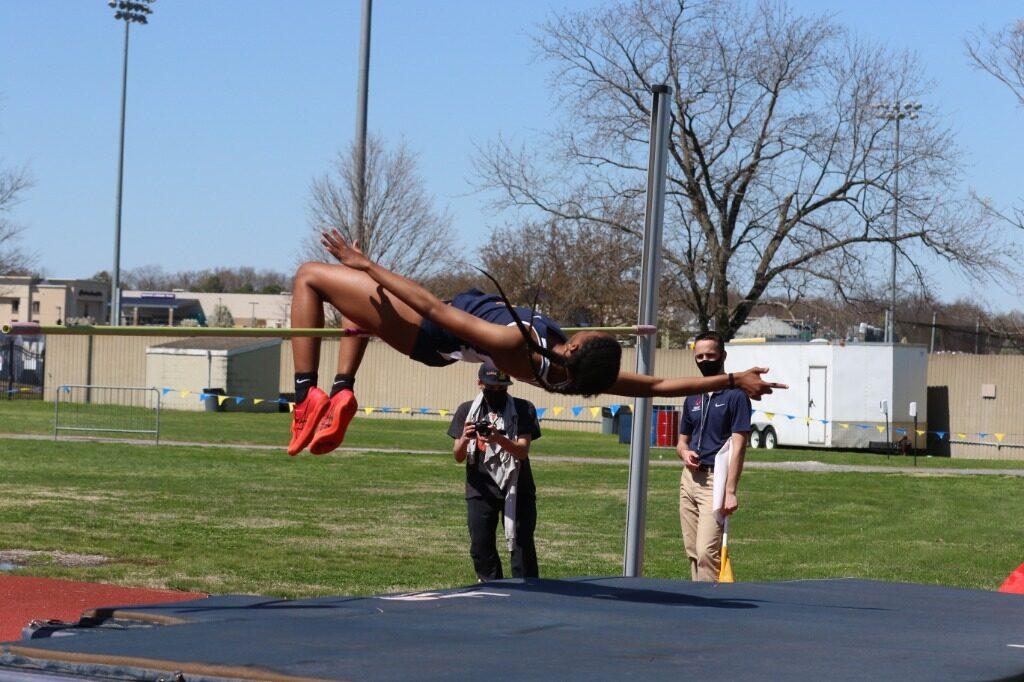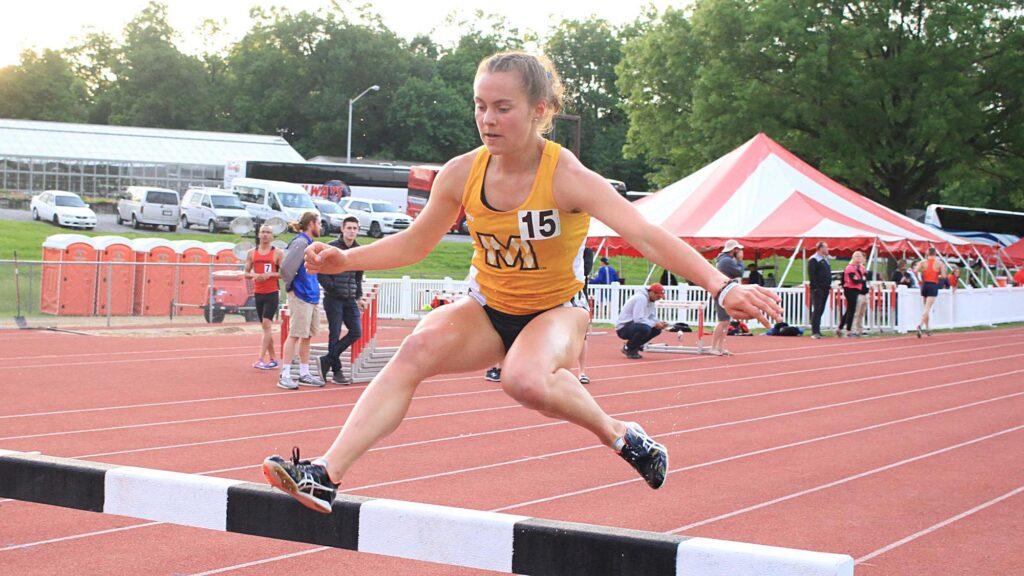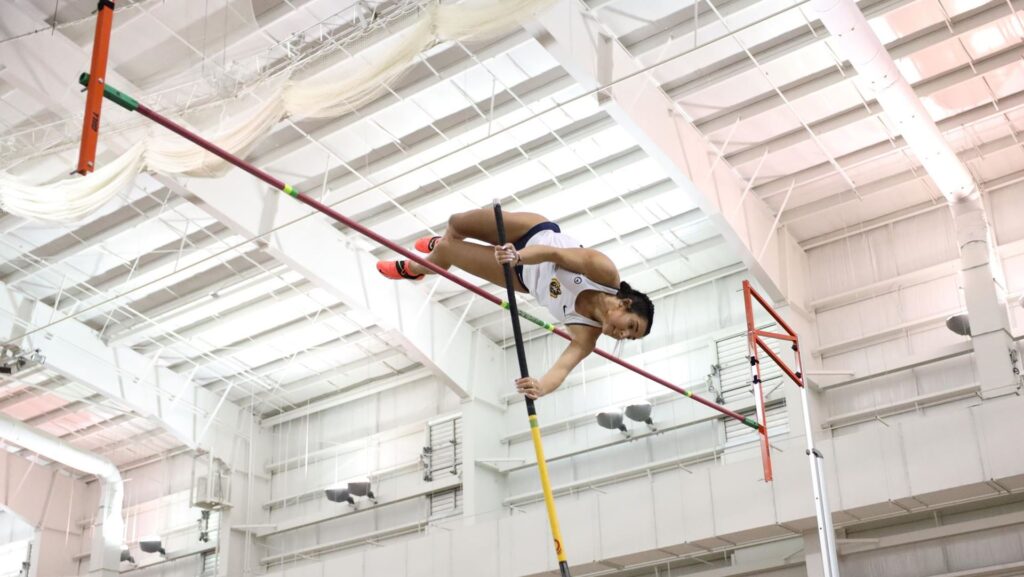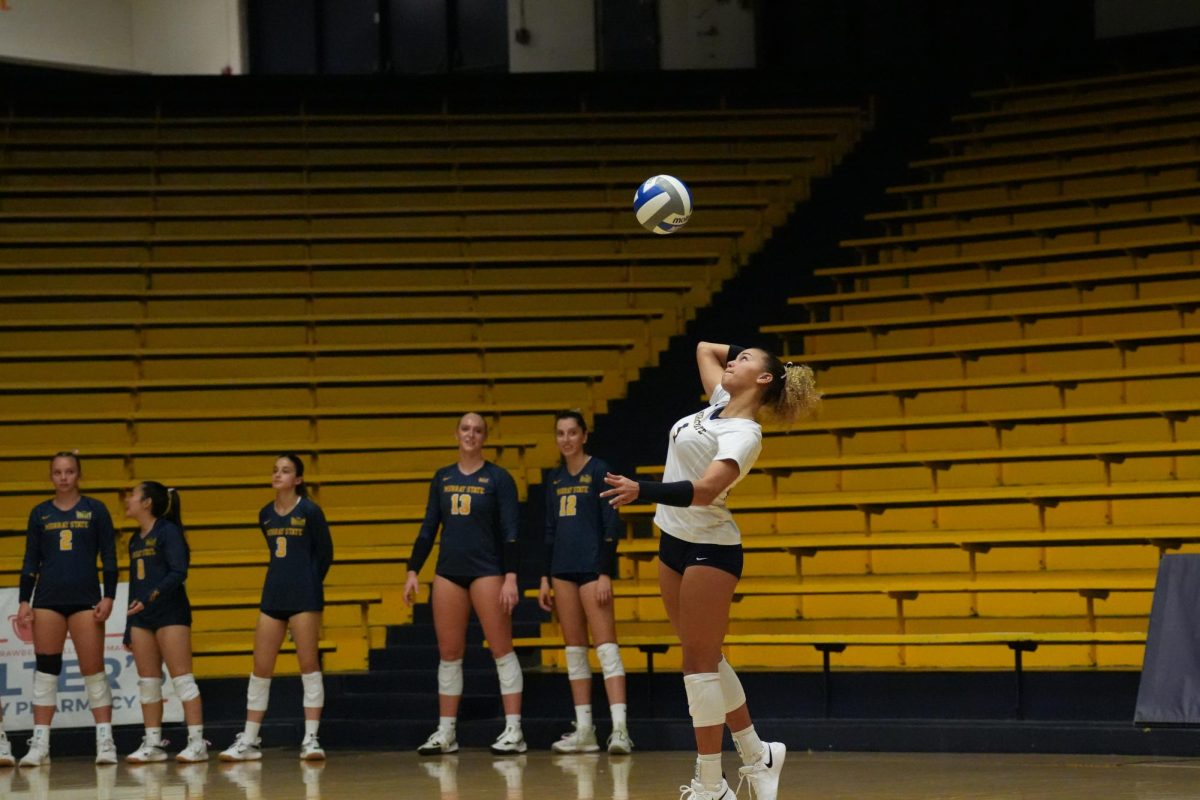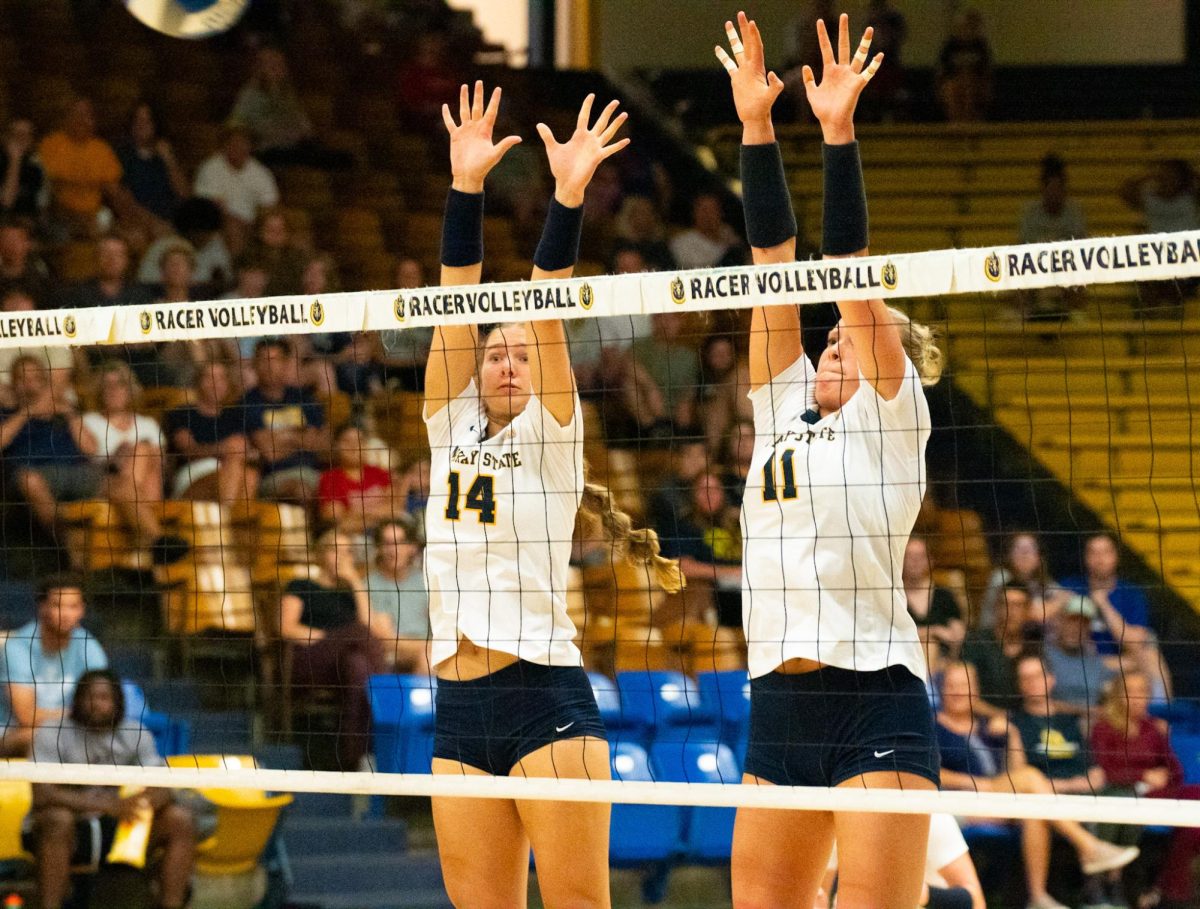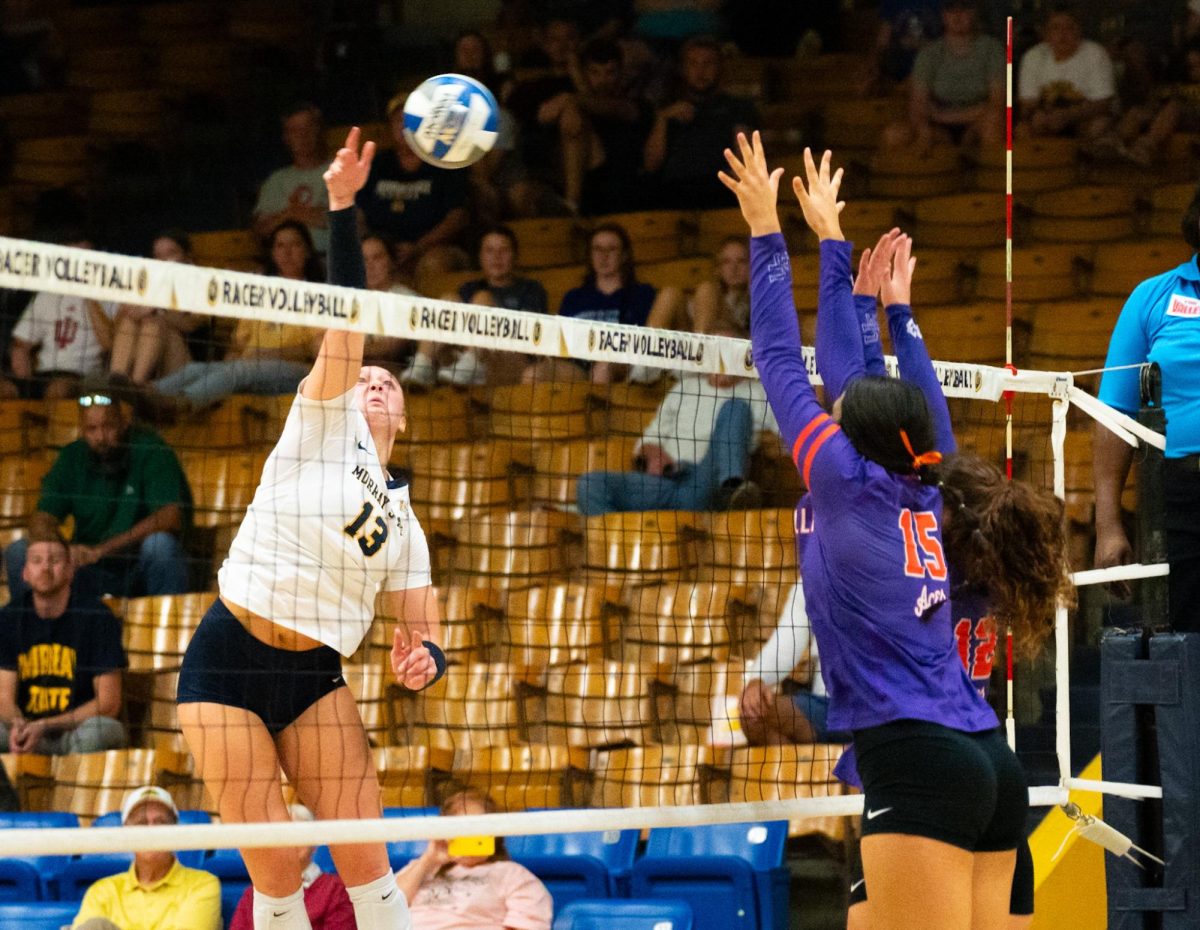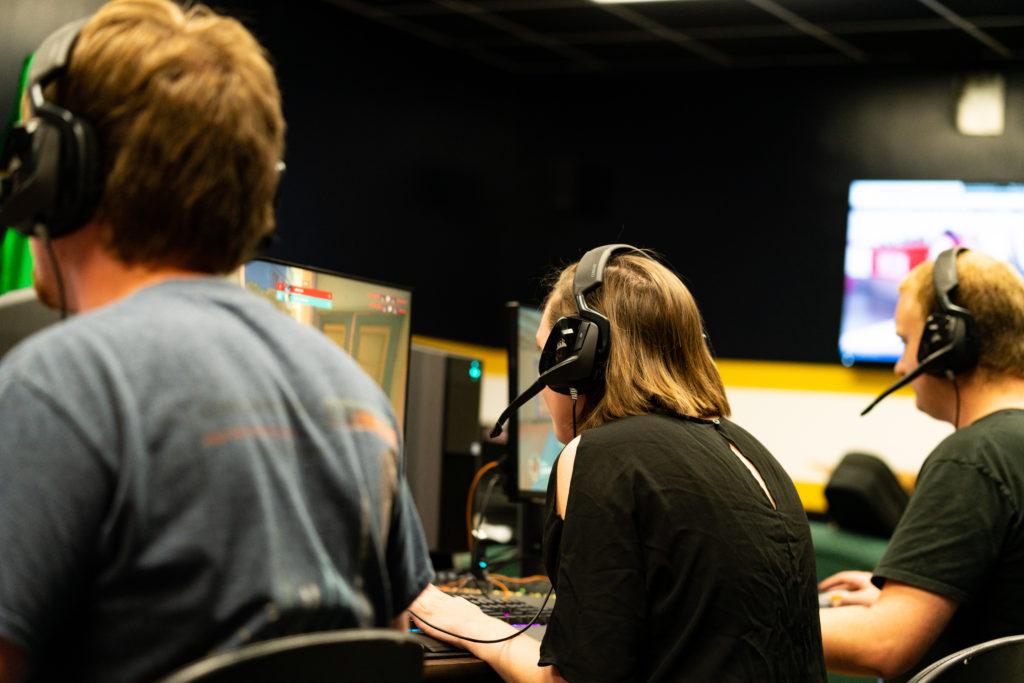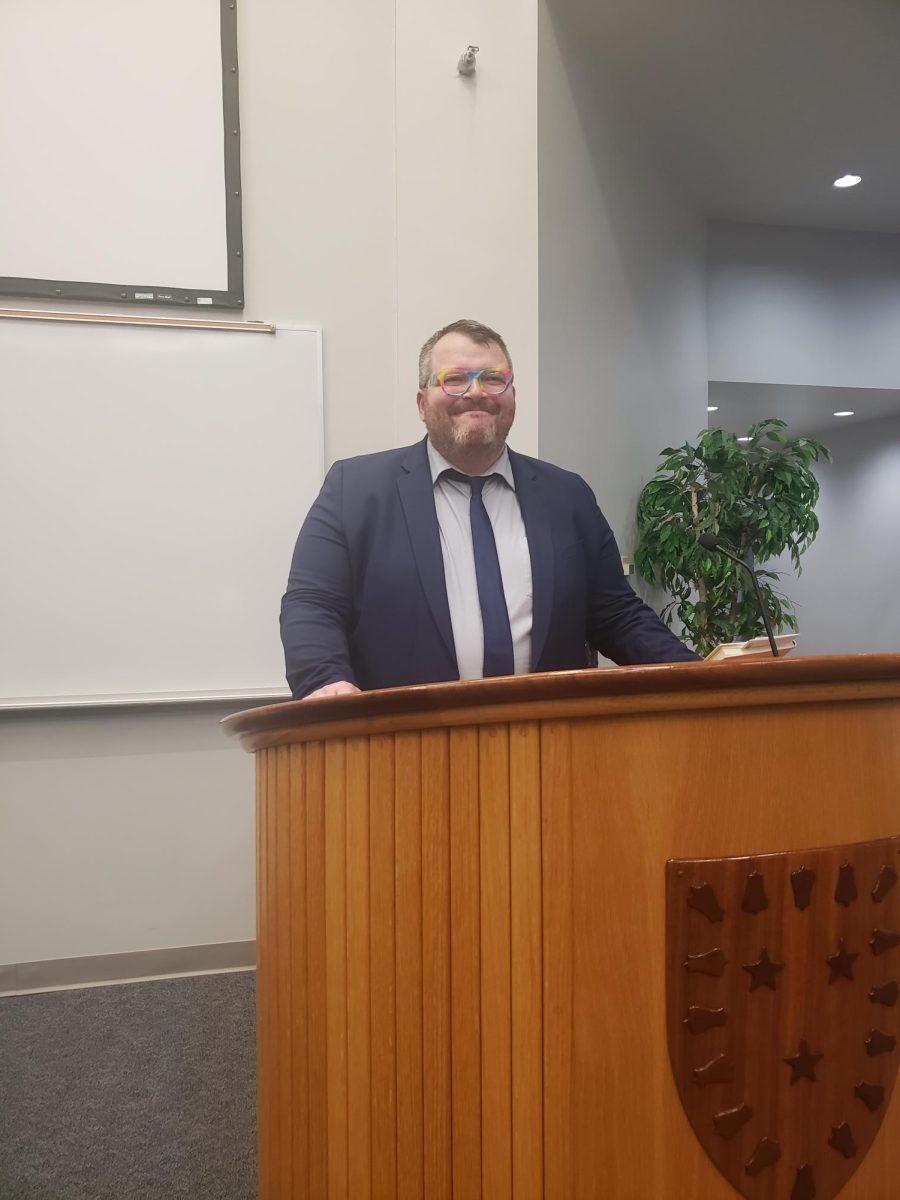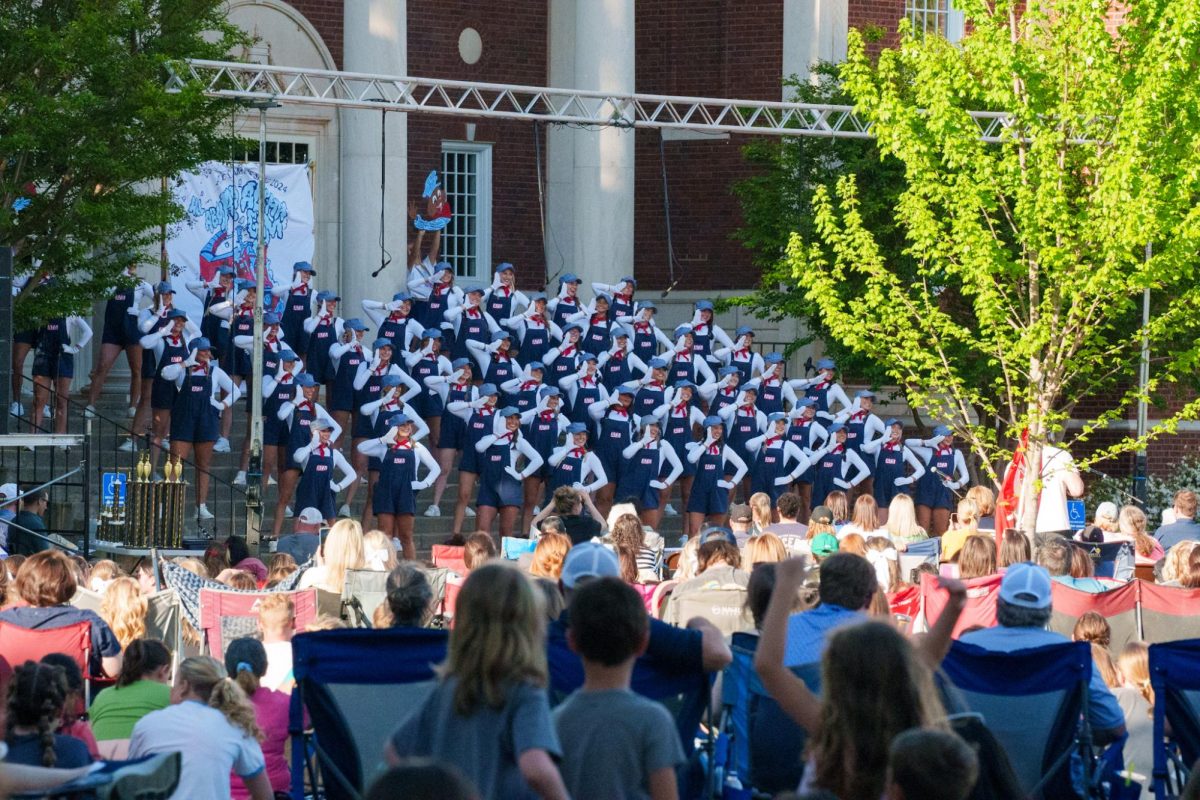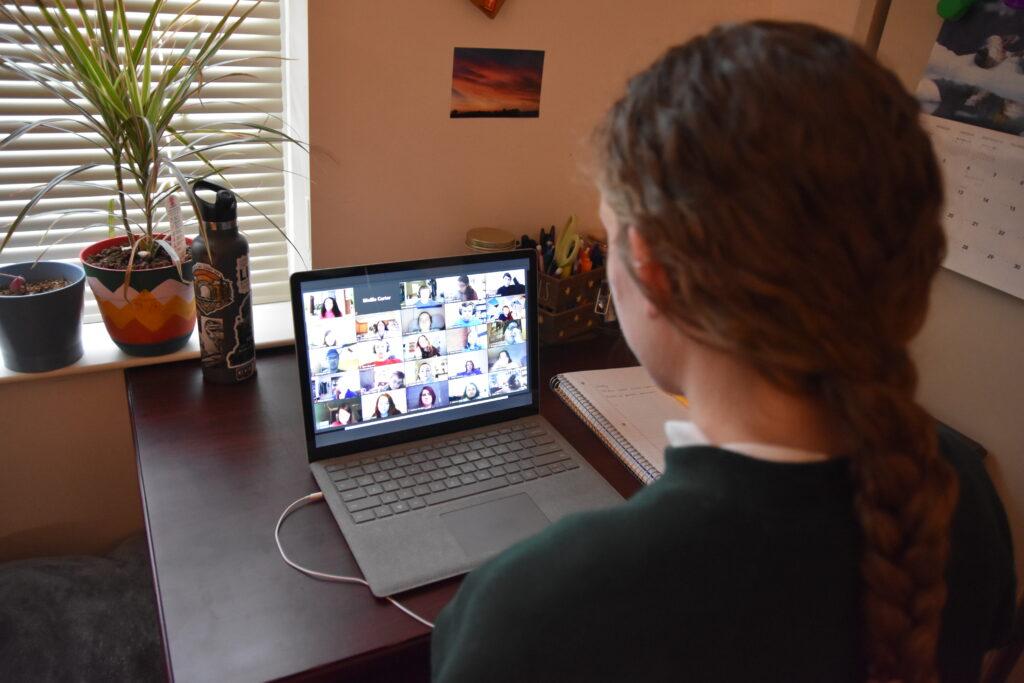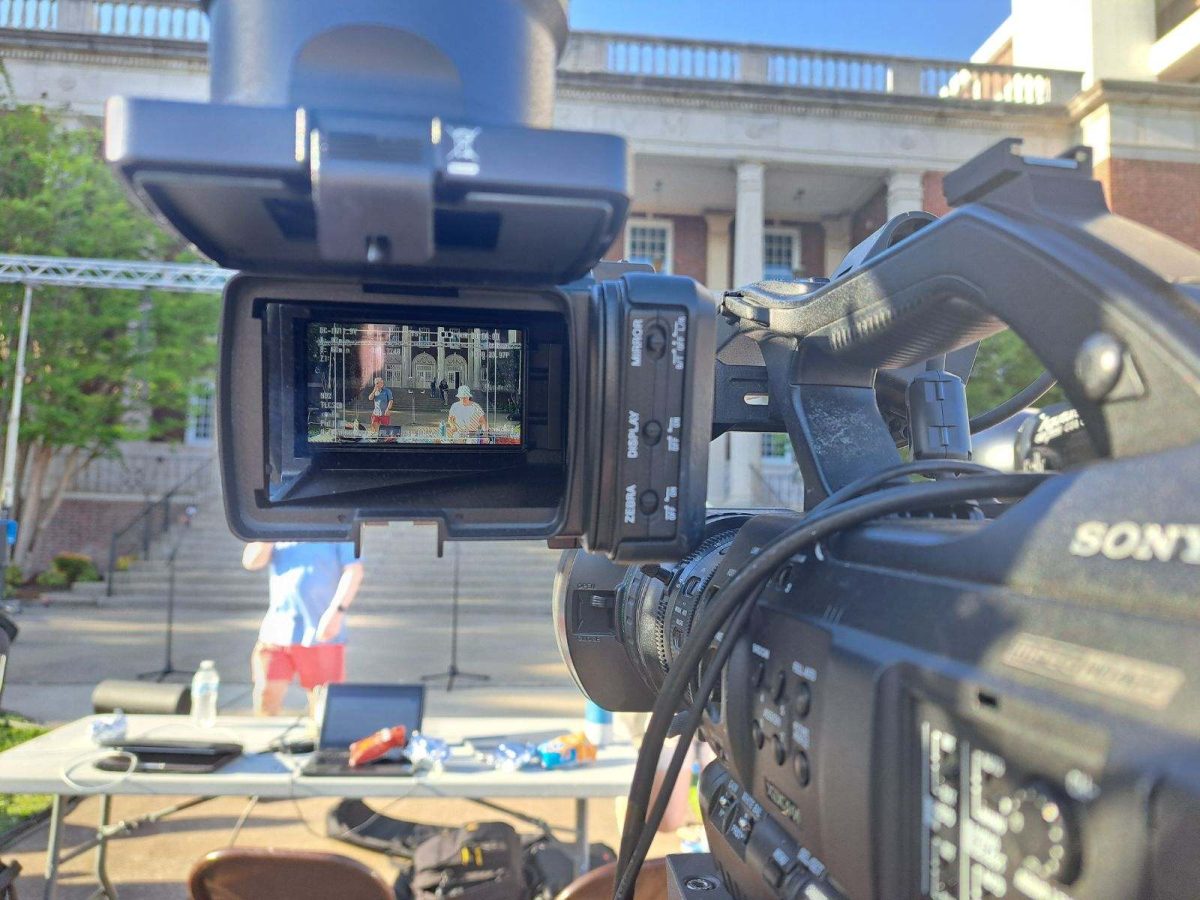Edie Greenberg
Contributing Writer
[email protected]
Murray State students and professors say they appreciate the opportunities Zoom sessions provide, but a majority share a preference for in-person classes.
With another semester of masking and social distancing, students have found their schedules filled with a mixture of Zoom and in-person classes again.
According to statistics from the Provost’s office, 41 percent of classes are face-to-face, and 19 percent are Zoom only. Eighteen percent of classes are listed as online, and 14 percent are categorized as “other,” meaning clinicals, directed studies, internships and more. Seven percent of classes are Racer Academy, dual enrollment with high school juniors and seniors.
These classes all come with difficulties and challenges of their own, and Murray State students and professors seem to share a strong preference for in-person classes.
For some students, focusing on course content and lectures seems to be the most prevalent problem. Maddie Rose, senior organizational communications major, said she prefers attending class in person.
“I pay better attention and have more motivation to go to class,” Rose said. “When I Zoom, I feel like it isn’t important for me to listen because I am at home.”
Junior biology pre-pharmacy major Kirsten Houston echoed Rose’s concerns.
“Zoom classes and pre-recorded lectures allow me to play on my phone during class,” Houston said, citing outside technology as a distraction.
For students like Chanler Cole, senior nursing major, it goes beyond the distractions of online learning. Cole said she misses the in-class interaction with her peers and professors.
“I prefer in-person classes because it allows me to focus better and get to see everyone,” Cole said.
Students are not alone in their desire to return to all in-class instruction. Professors have found limited student interaction to be a source of frustration since the switch to partially hybrid classes.
According to an article by Inside Higher Ed, Zoom usage went up 20-fold since the beginning of COVID-19. The service doesn’t release education-specific numbers, but there has been an obvious higher ed boom there and on similar platforms like Google Hangouts and Microsoft Teams.
Chinese studies professor Jie Wu said she teaches in a language that is not her native tongue. She said for some reason she occasionally fumbles words in front of a screen but is often eloquent in front of a real class. She said she thrives off the interaction with her students.
“I need this kind of real-time contact with people on a regular basis, especially during the pandemic when most social activities are in hibernation,” Wu said.
Daryl Phillipy, associate professor of theatre, said he has had issues with student connectivity to the internet and students dropping in and out of class. Phillipy said he notices that students often get up and go somewhere in the middle of the Zoom, or their attention is on another screen like Facebook or a video game.
“I hate that many students stay hidden and mute,” Phillipy said. “It really makes class discussions difficult, and I’d say practically useless.”
For Murray State instructors who teach hands-on classes, Zoom limits their ability to see their students’ progress. Brent Webster, who teaches guitar, said he is tired of technical issues and Zoom limitations.
“Everything I teach is skills based and because my classes are music classes we often listen to examples,” Webster said. “If the internet connection is off even a little bit, things can get missed and it is not conducive to learning,” Webster said.
Matthew Crider, assistant professor of theater, said he needs to see his students as they move and a tiny Zoom black box doesn’t allow him to do so.
“I teach movement-based theatre performance classes and that creates challenges to online education,” Crider said. “A lot of the work requires me to see an actor’s full body in frame and moving and Zoom can be limiting in that regard.”
Kevin Qualls, associate professor of television production, acknowledges that Zoom has its advantages. He said every student has a front-row seat and with their names displayed, he can learn to match names and faces easily. However, Qualls sees the disadvantages when it comes to sharing media.
“The difficulties I’ve had with Zoom is regarding use of intellectual property because videos and images that are fair for me to use in a traditional classroom are not fair game for me to publish,” Qualls said.
While many professors are frustrated with technical issues and Zoom limitations, certain professors, like yoga instructor Gayle Rogers, are thankful for the potential Zoom provides.
“It is very difficult to practice yoga with a mask,” Rogers said. “Therefore, I am extremely grateful to Murray State for allowing me to teach my 75 students virtually this semester and last semester.”
Dance instructor Kevin Loveland said while frustrations exist, everyone has to be prepared for technical issues from both ends, students and teachers.
“Sometimes internet issues happen, devices die or something doesn’t work for whatever reason,” Loveland said. “It’s all about going into it with the right mindset.”



